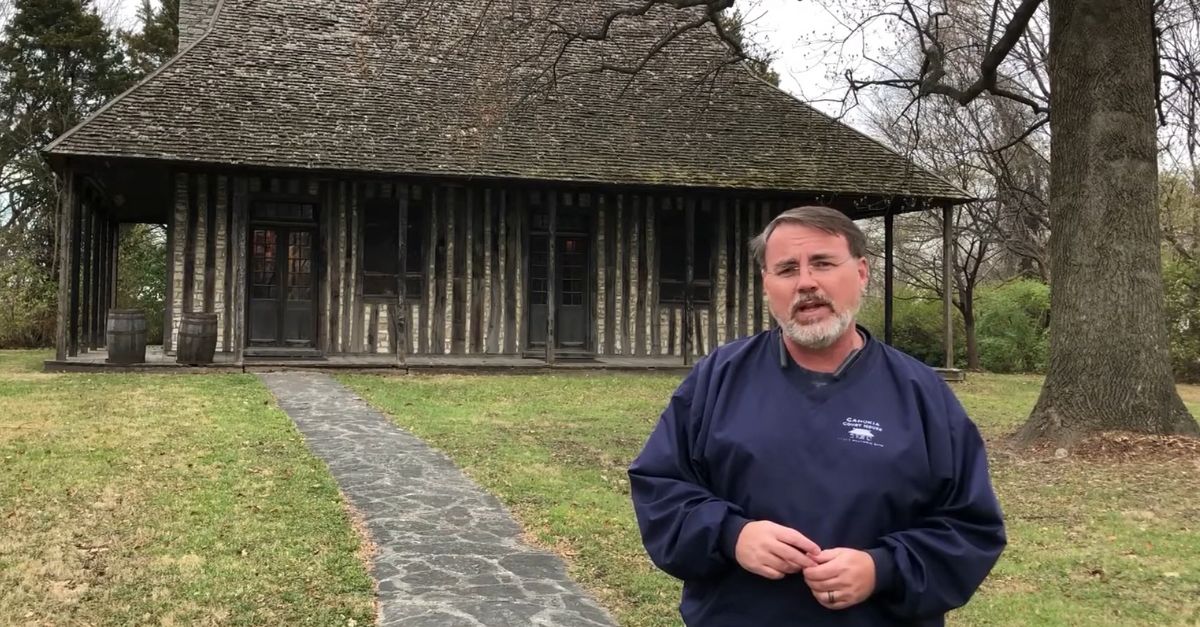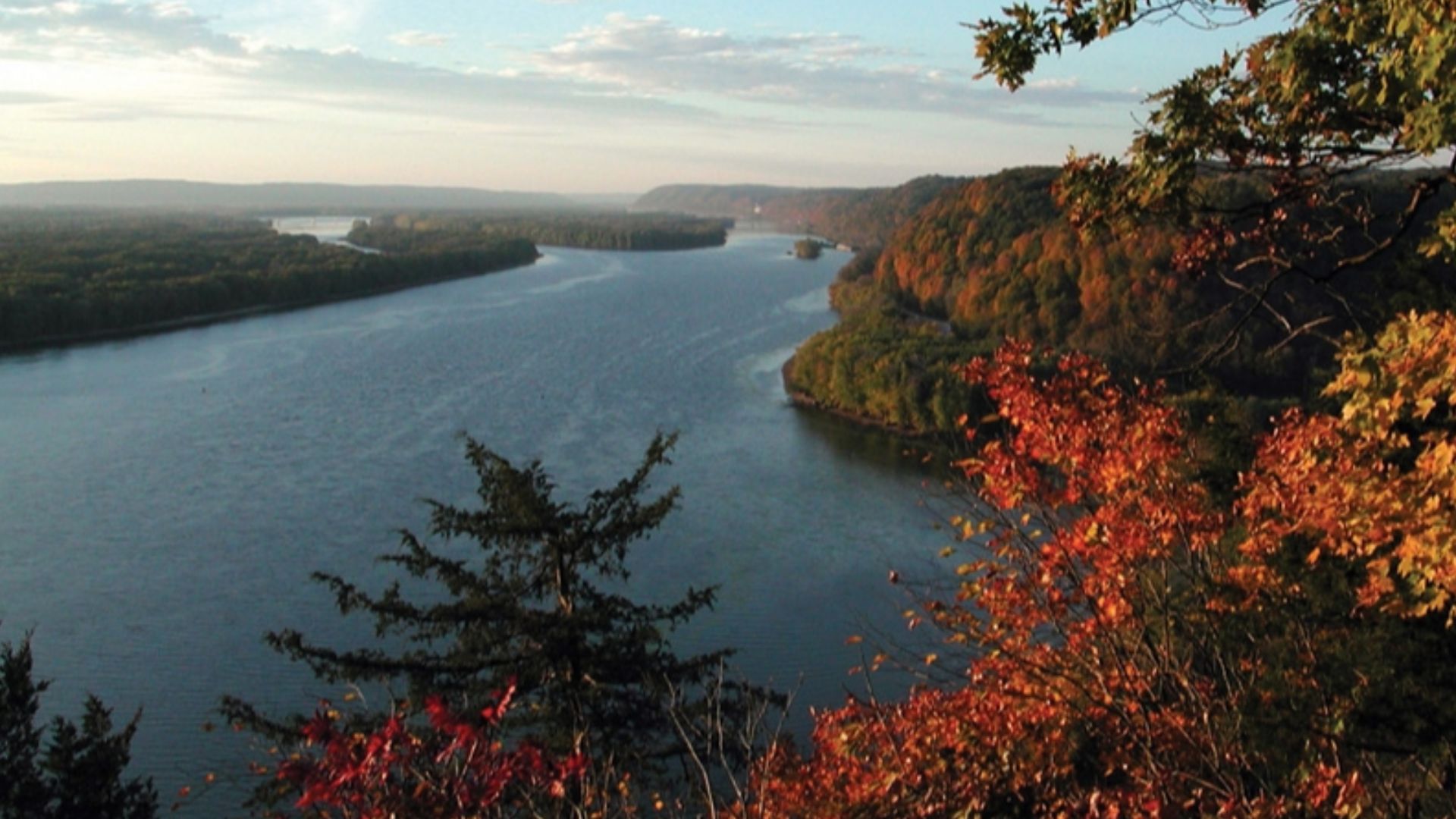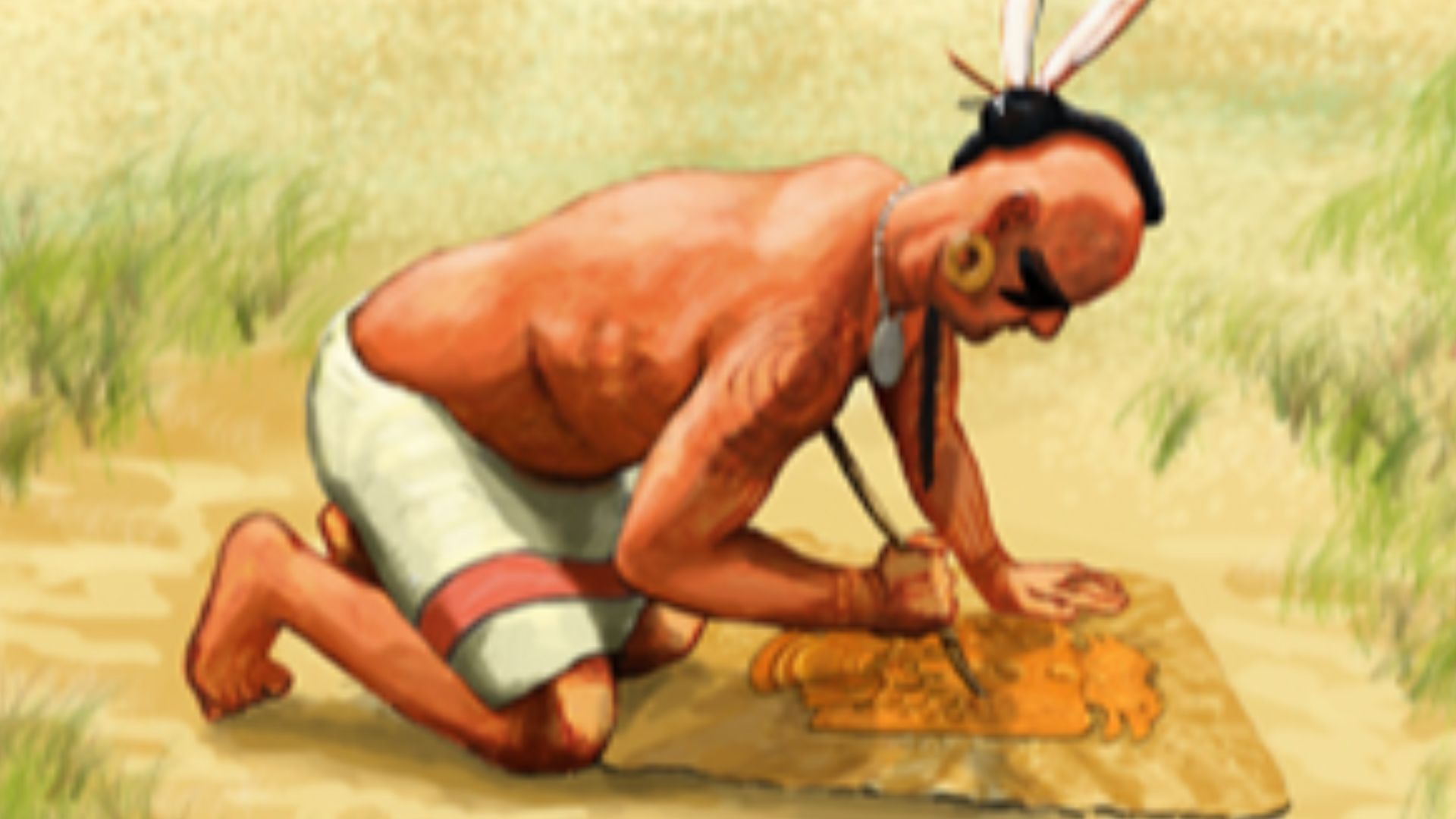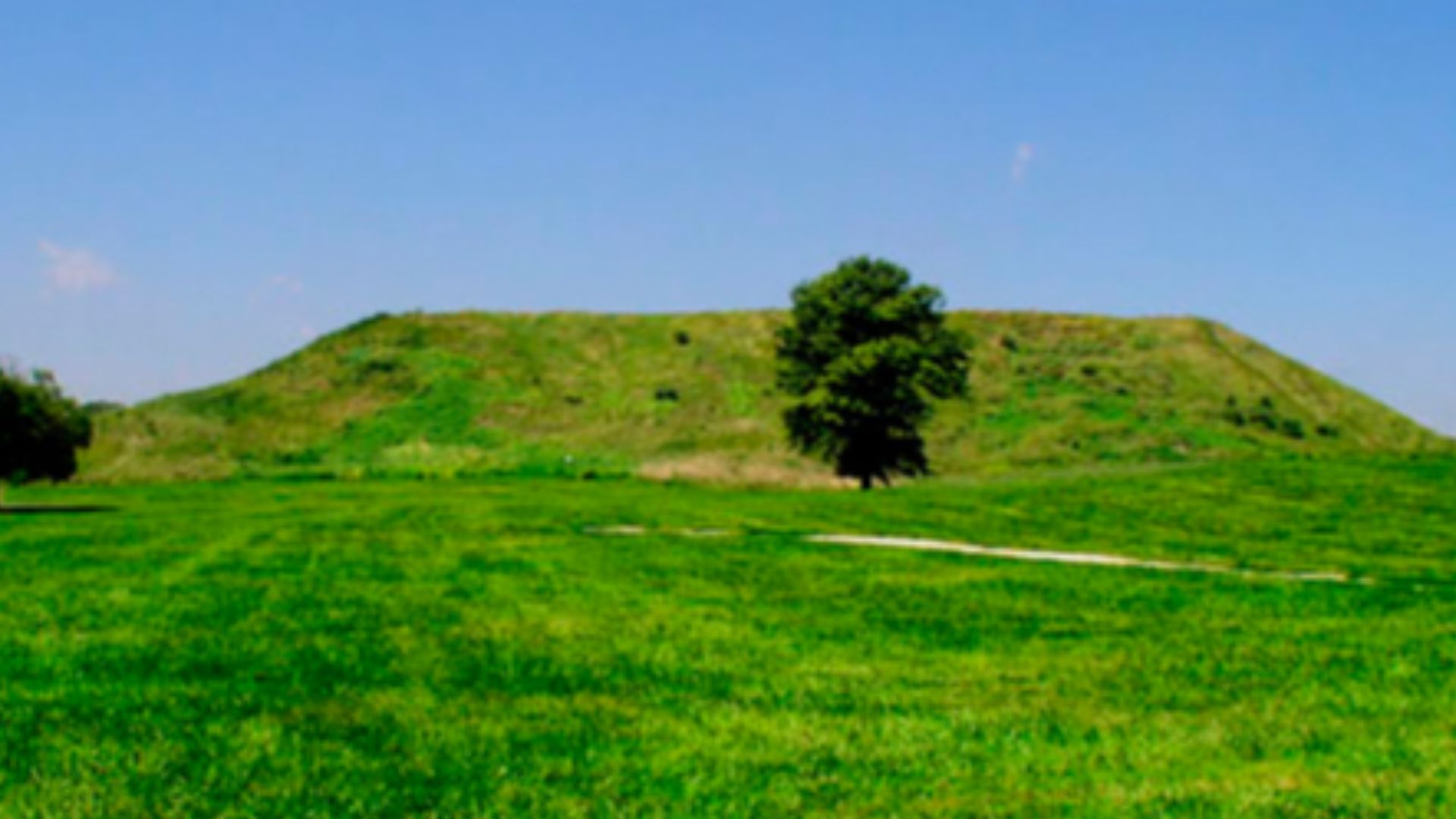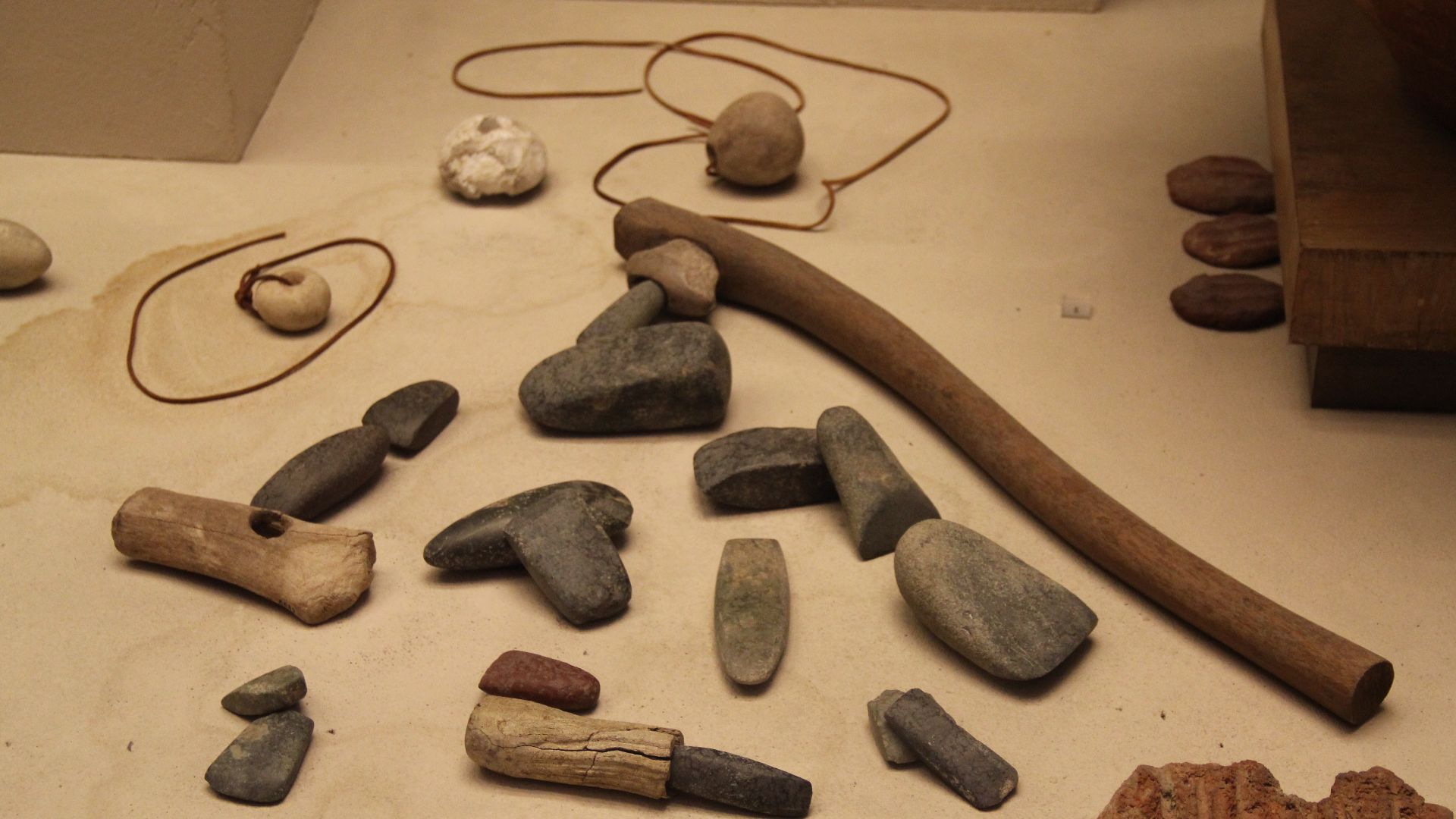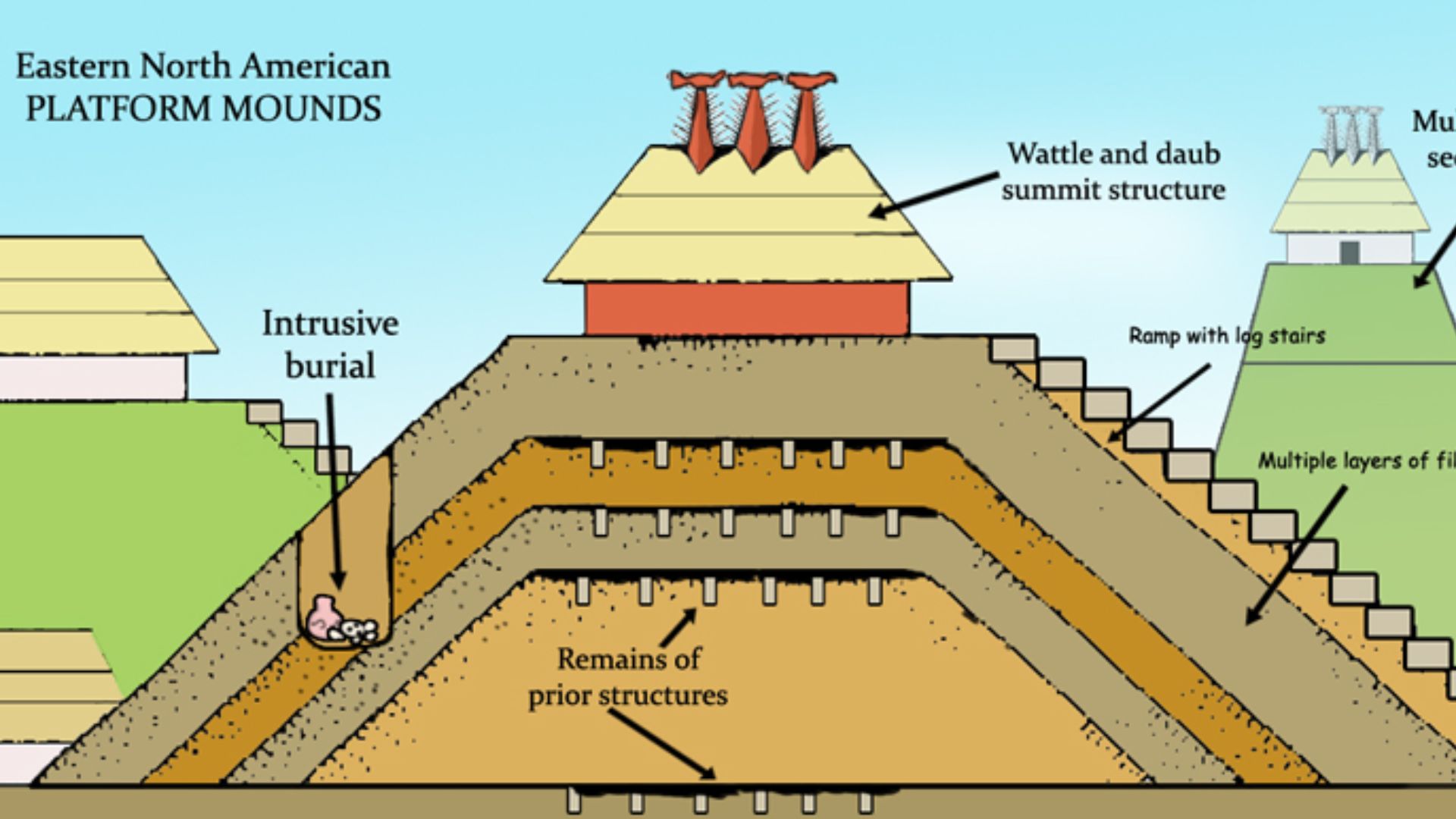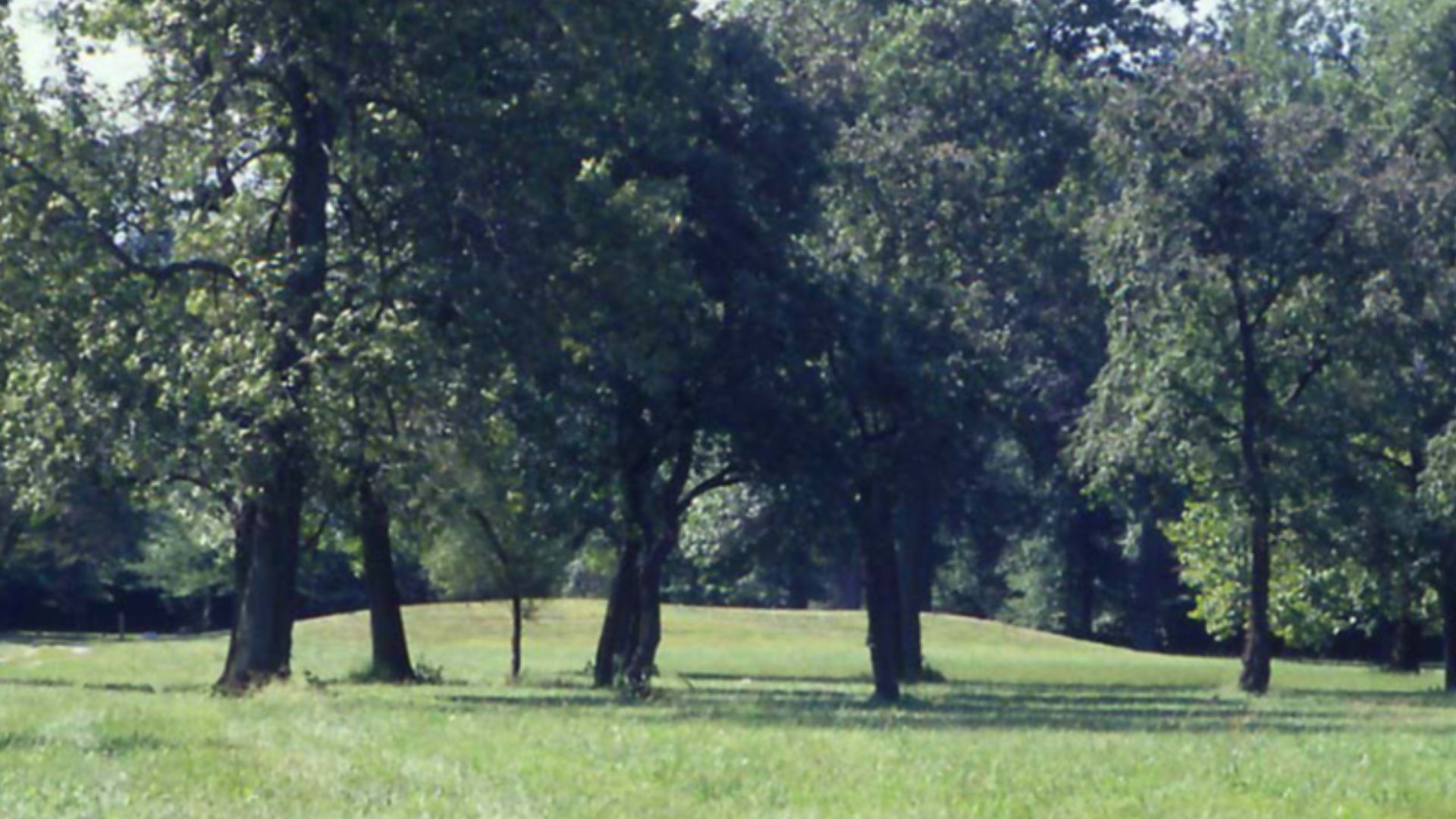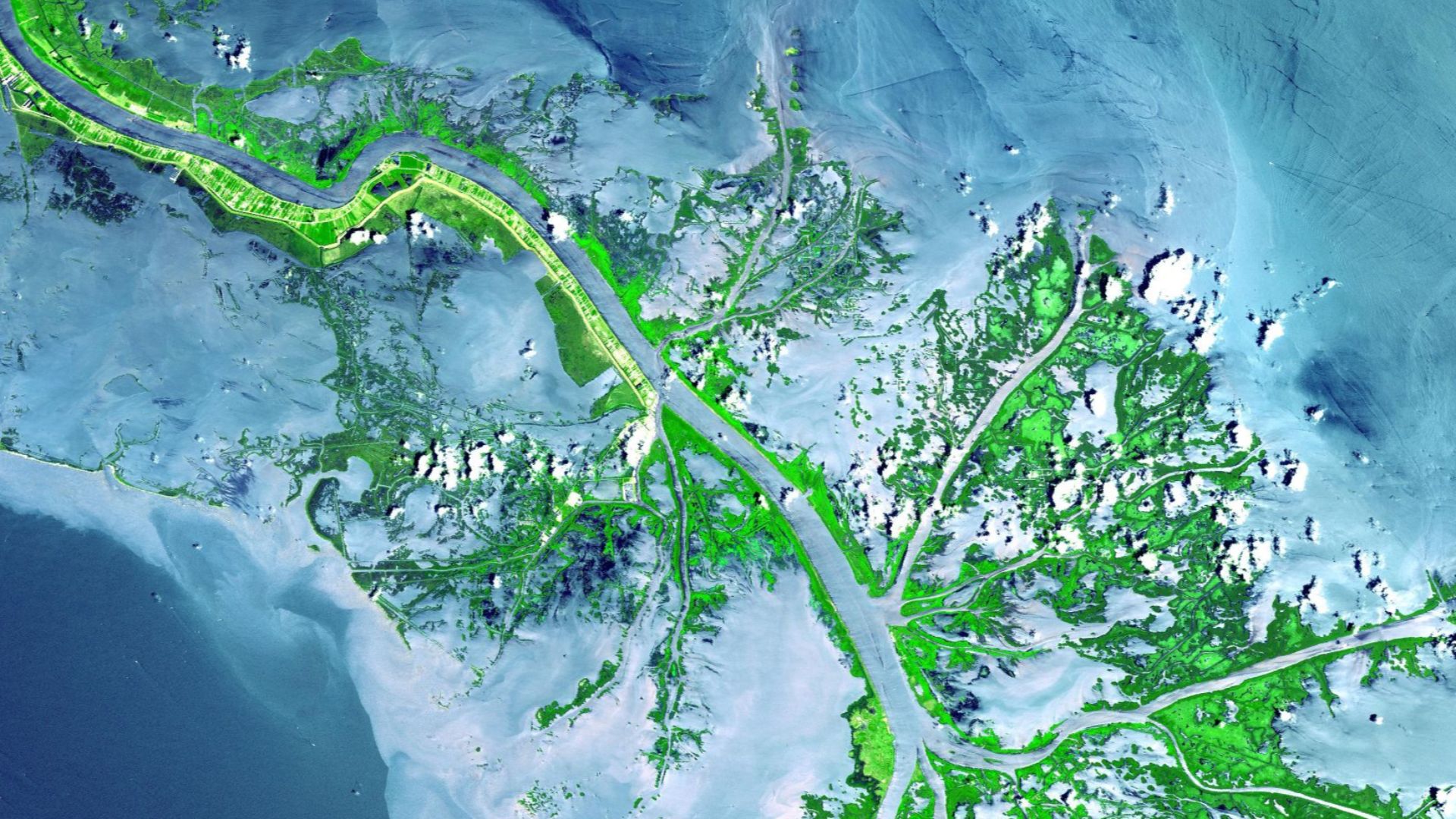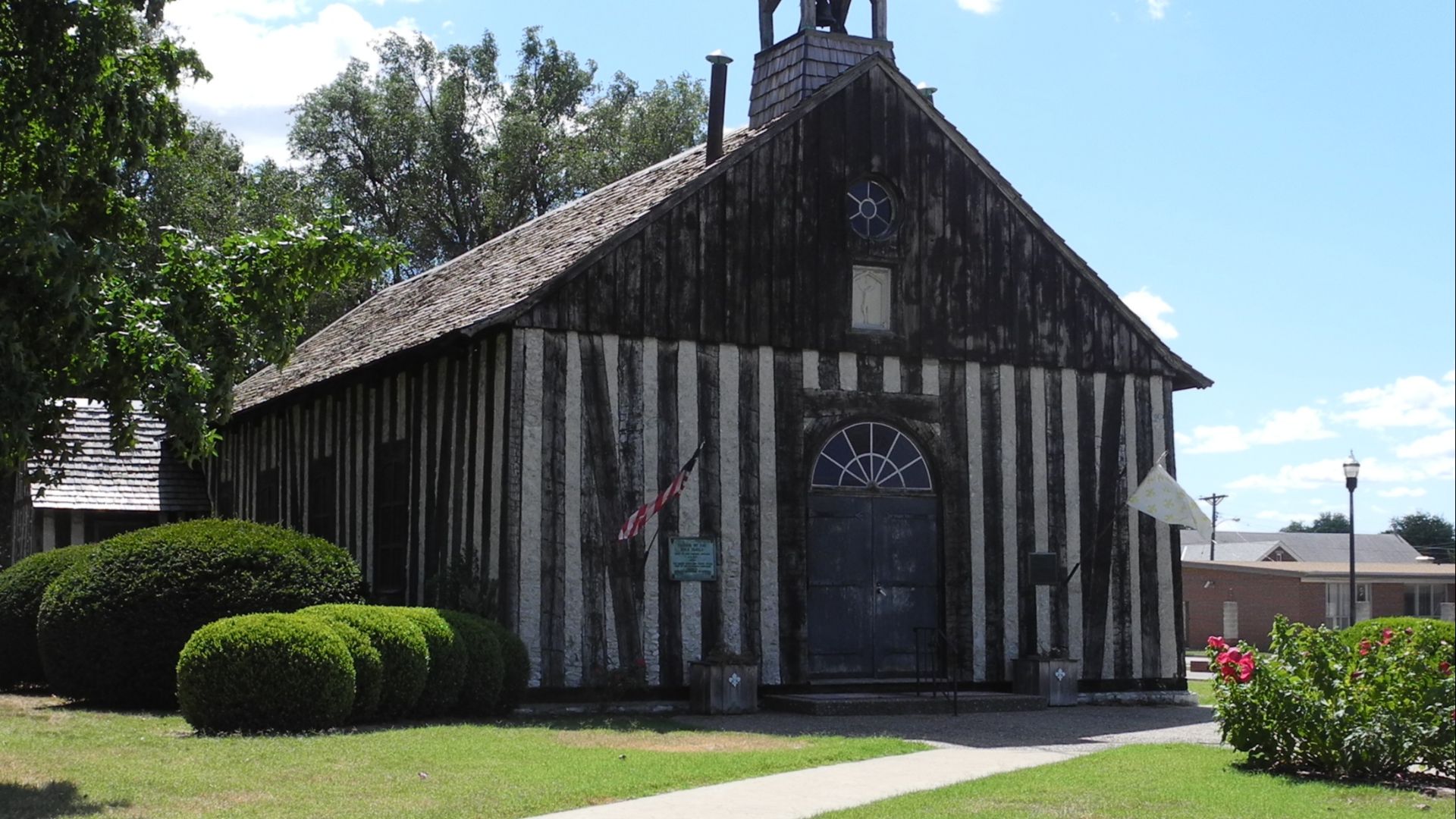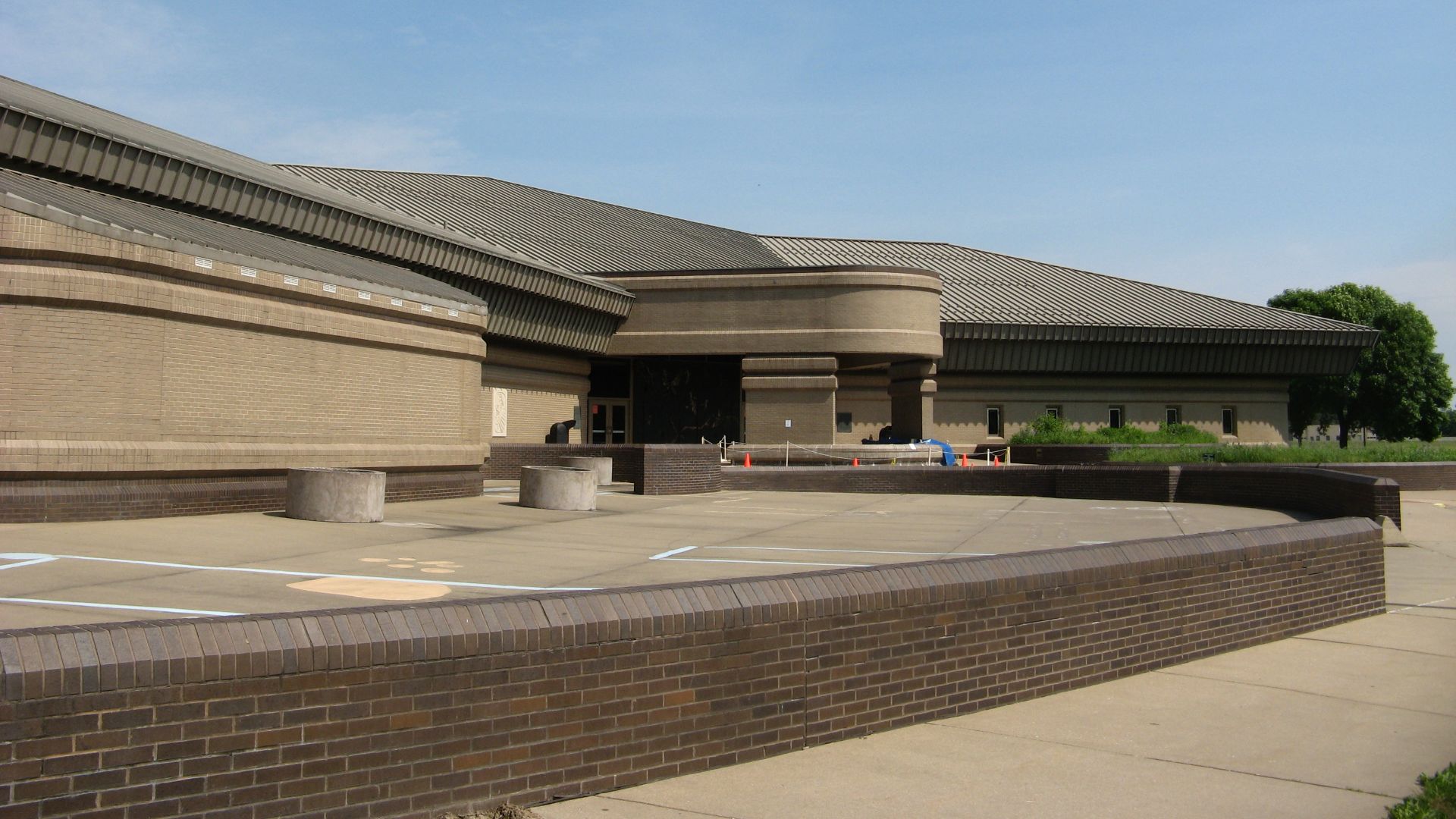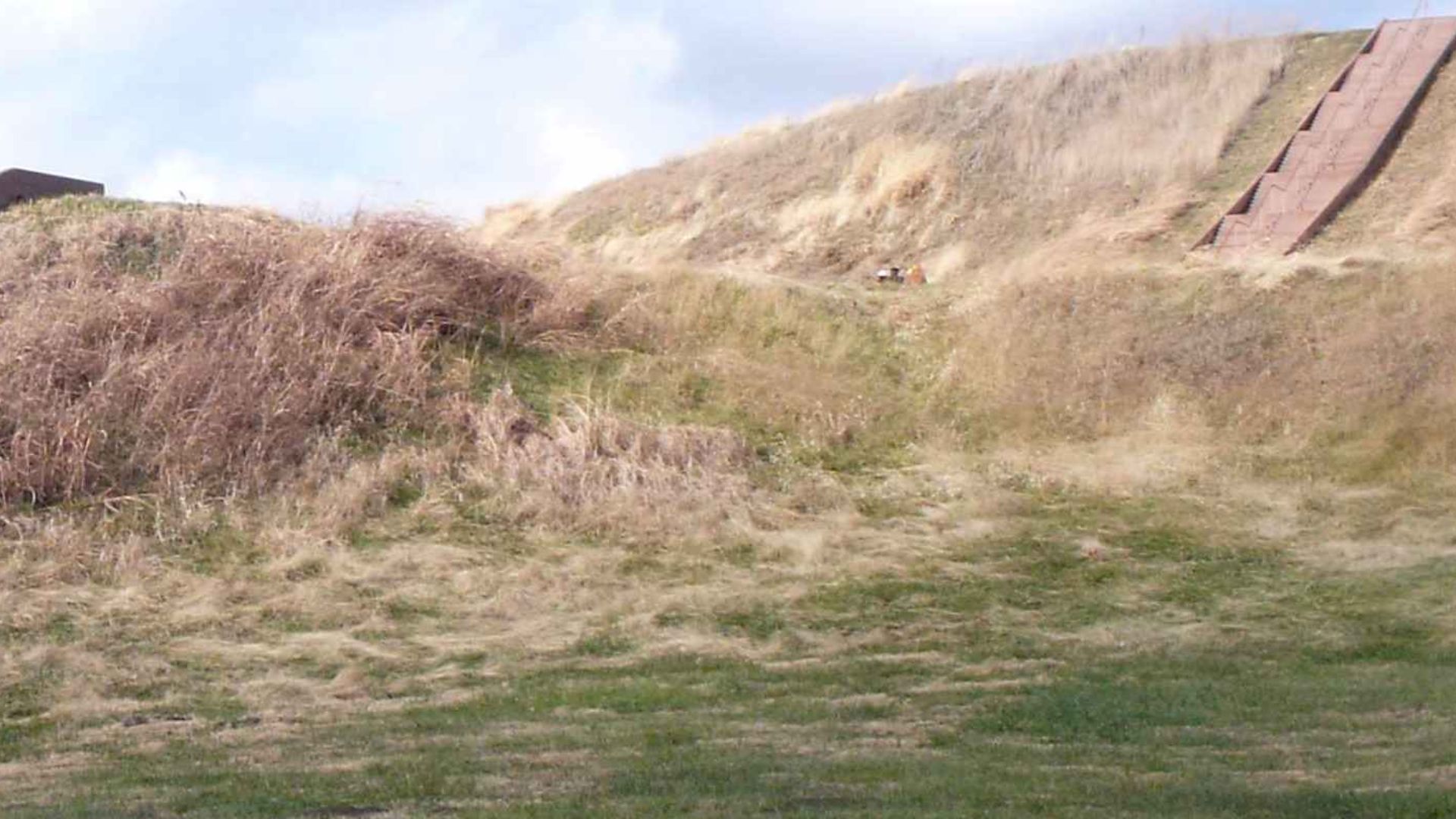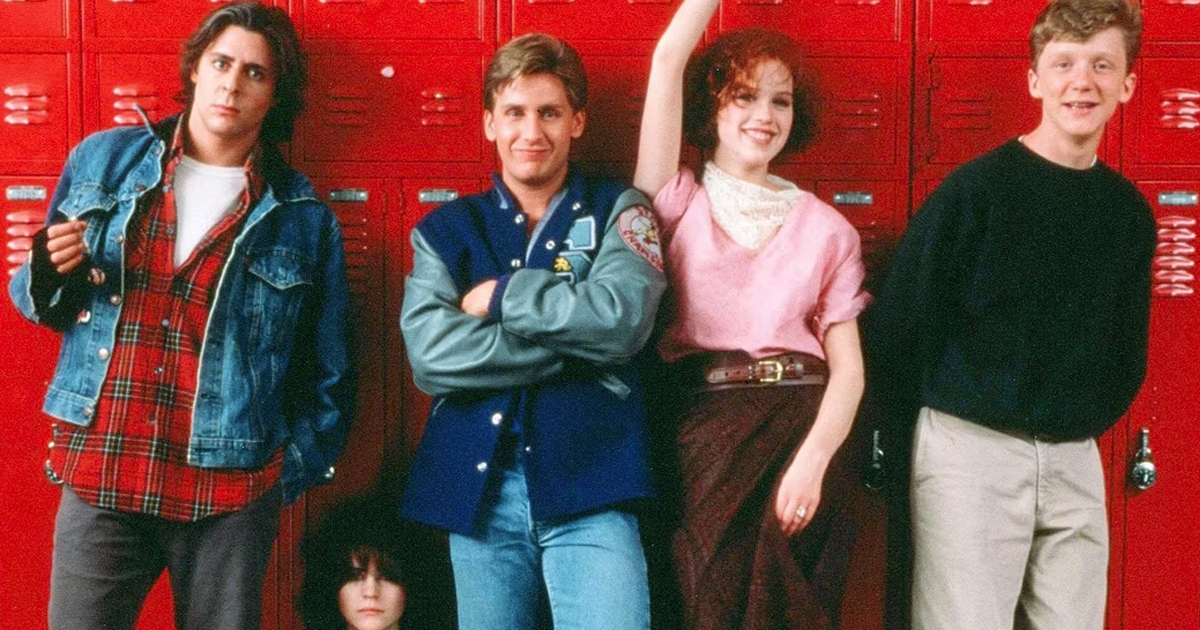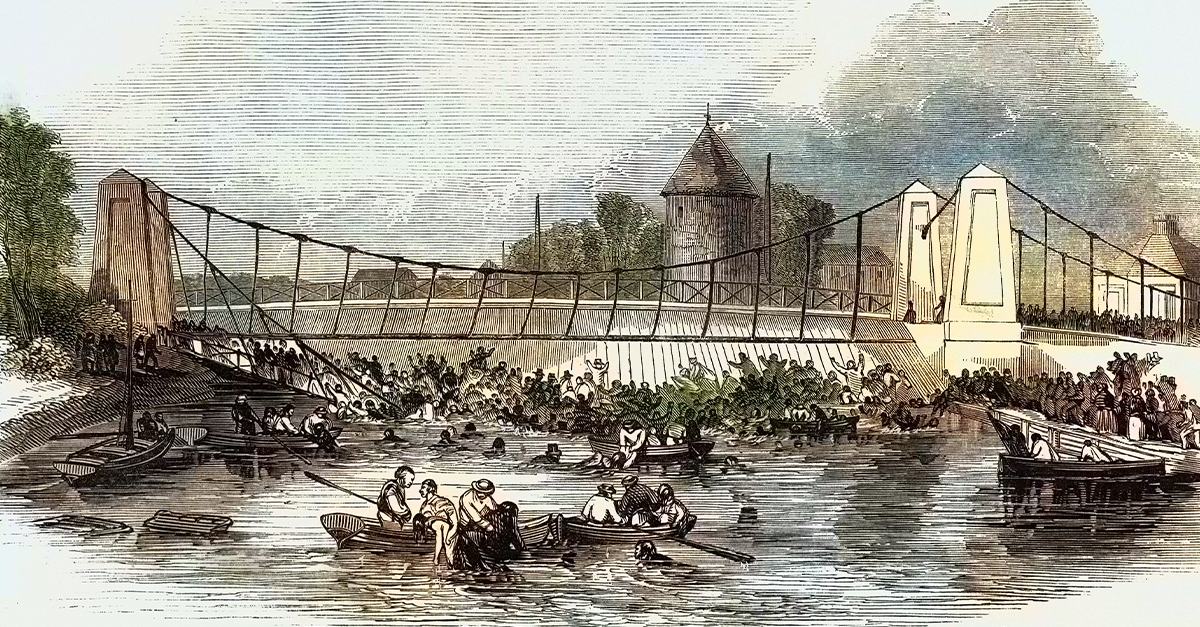What Happened to America’s First Megacity? By PBS Terra
Beneath a quiet field in Illinois once stood the most complex city in precolonial North America. A thousand years ago, this city flourished where few expected it. Its residents moved mountains—literally—and left clues in earth and ash.
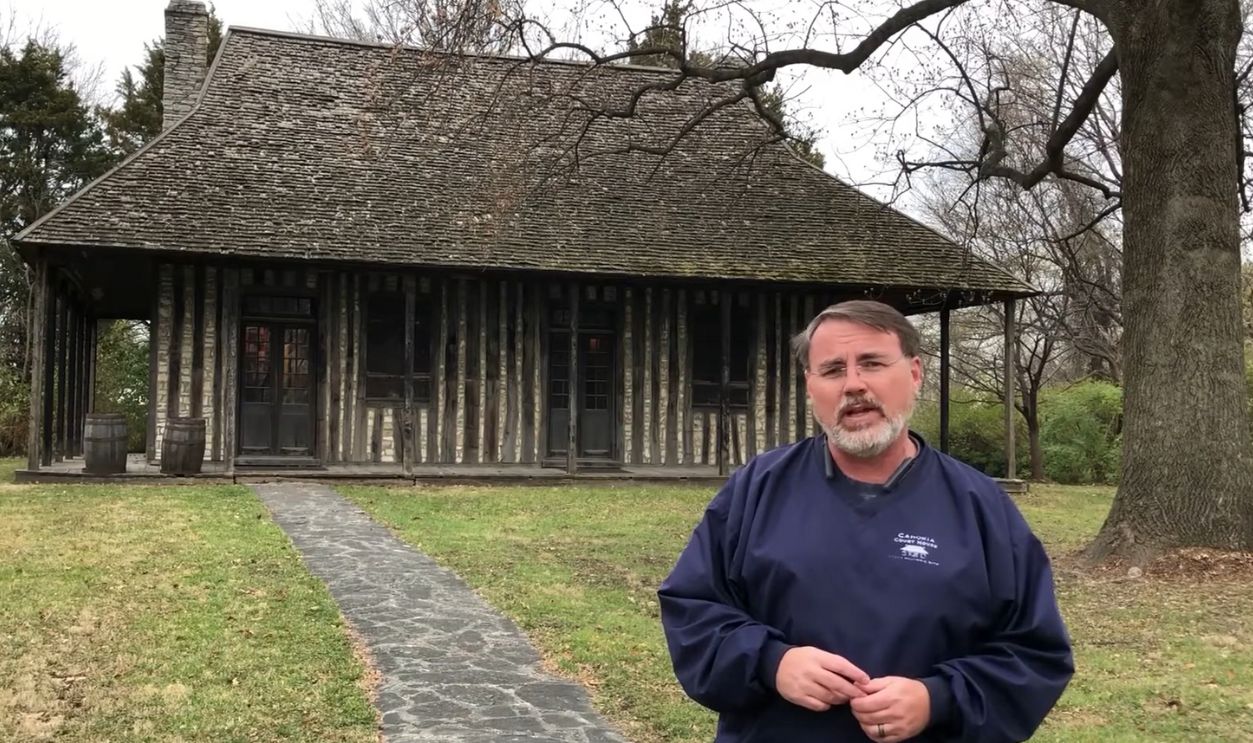
The Ancient City Beneath America’s Heartland
Long before Chicago or St Louis existed, a sprawling city thrived in the Mississippi River Valley. Cahokia once stood as the largest and most sophisticated urban center north of Mexico. Though now covered in grass and silence, its mounds whisper tales of ancient planning and surprising complexity.
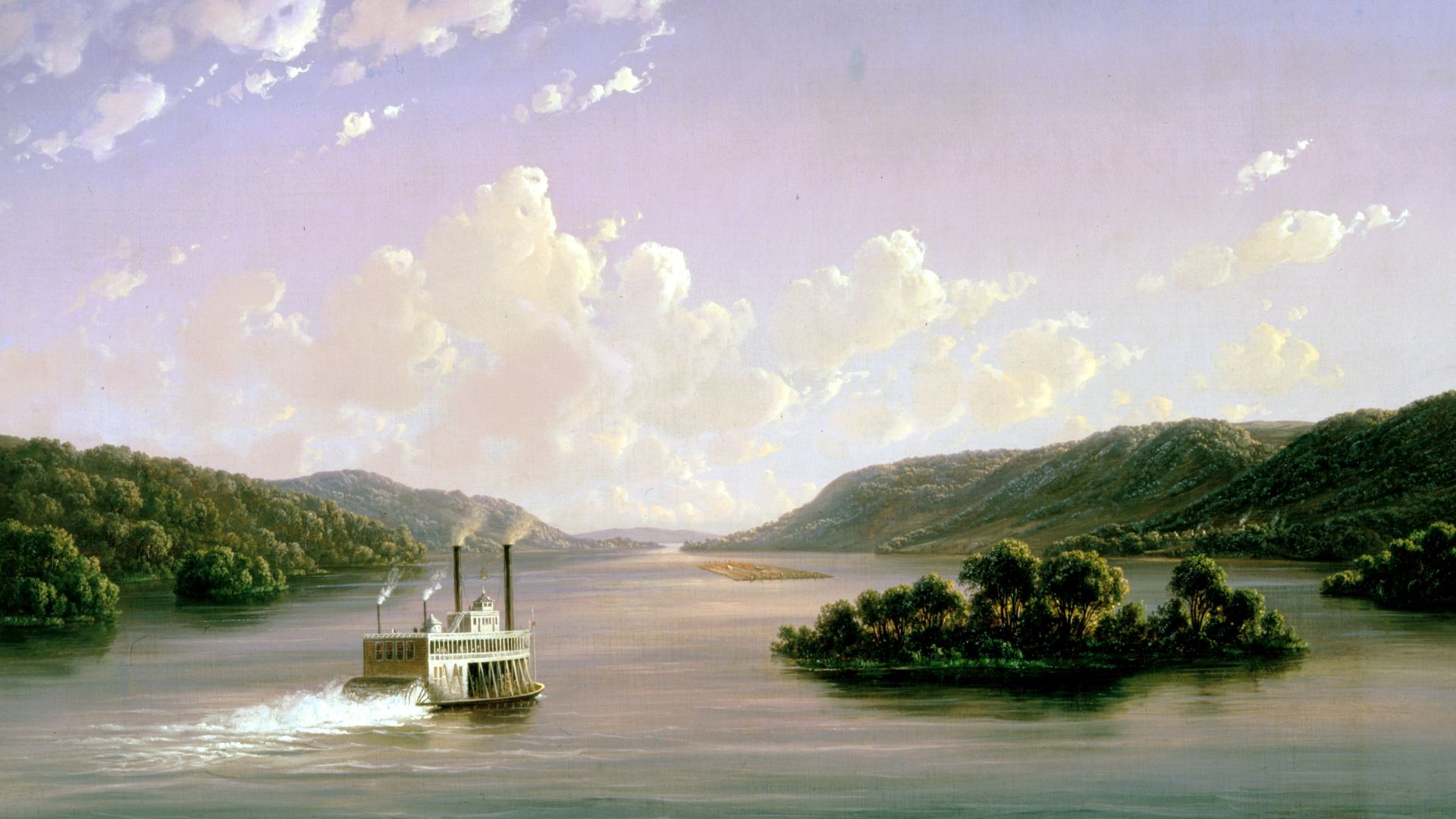 Ferdinand Richardt, Wikimedia Commons
Ferdinand Richardt, Wikimedia Commons
How A Field Of Mounds Sparked Global Curiosity
In the 19th century, European settlers stumbled across giant earthen mounds in Illinois and had no idea what they were looking at. These hills weren’t natural. Over time, archaeologists uncovered clues that pointed to a lost city and a civilization advanced enough to rival contemporaneous societies in Mesoamerica.
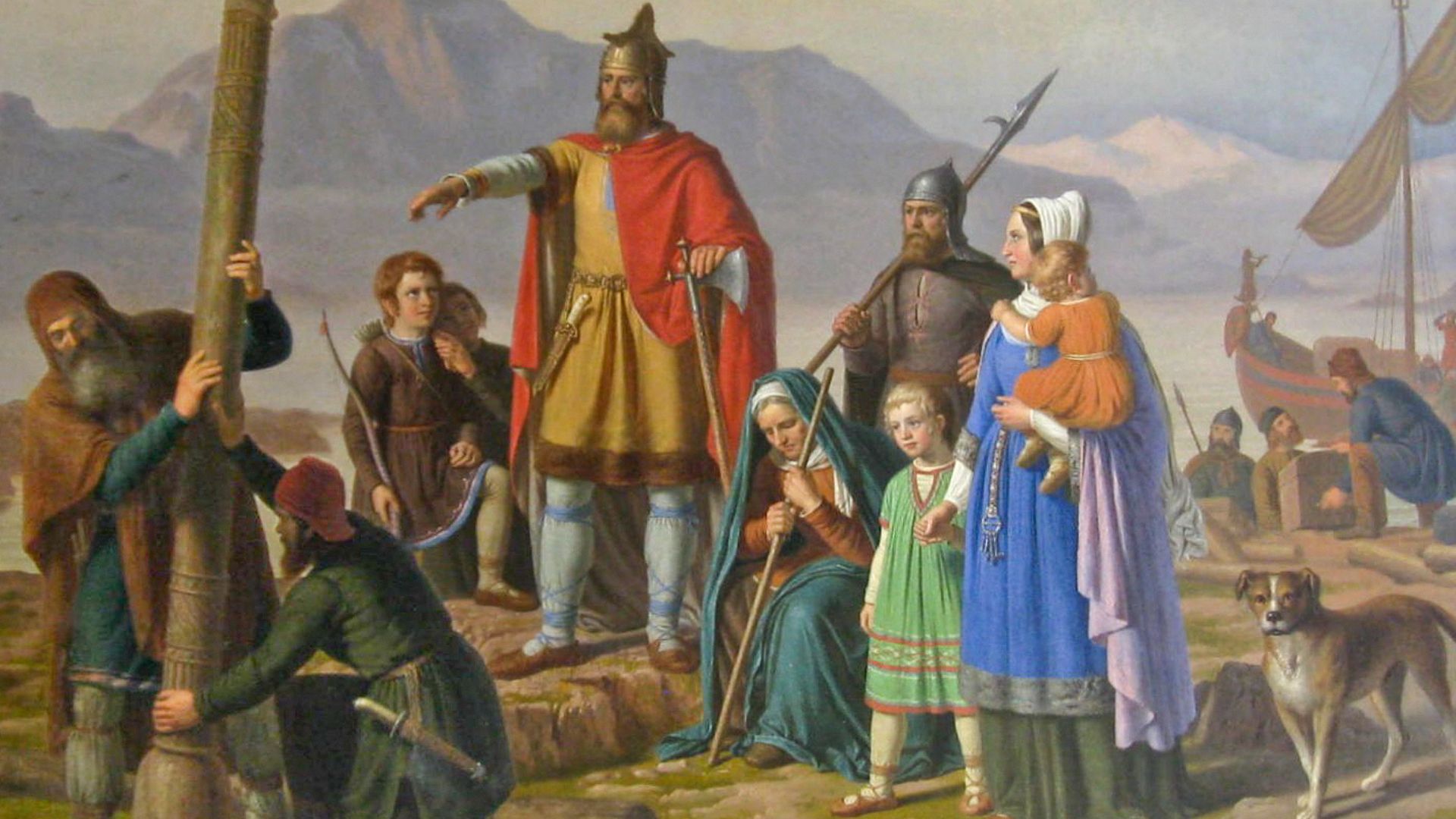 Johan Peter Raadsig (1806 - 1882), Wikimedia Commons
Johan Peter Raadsig (1806 - 1882), Wikimedia Commons
What Early Settlers Overlooked For Centuries
Despite their massive scale, Cahokia’s mounds were often mistaken for natural hills or written off as the work of distant peoples. Early colonists didn’t believe Native Americans could have created such an intricate society. This blind spot delayed serious research and allowed centuries of erosion and plowing to erase clues.
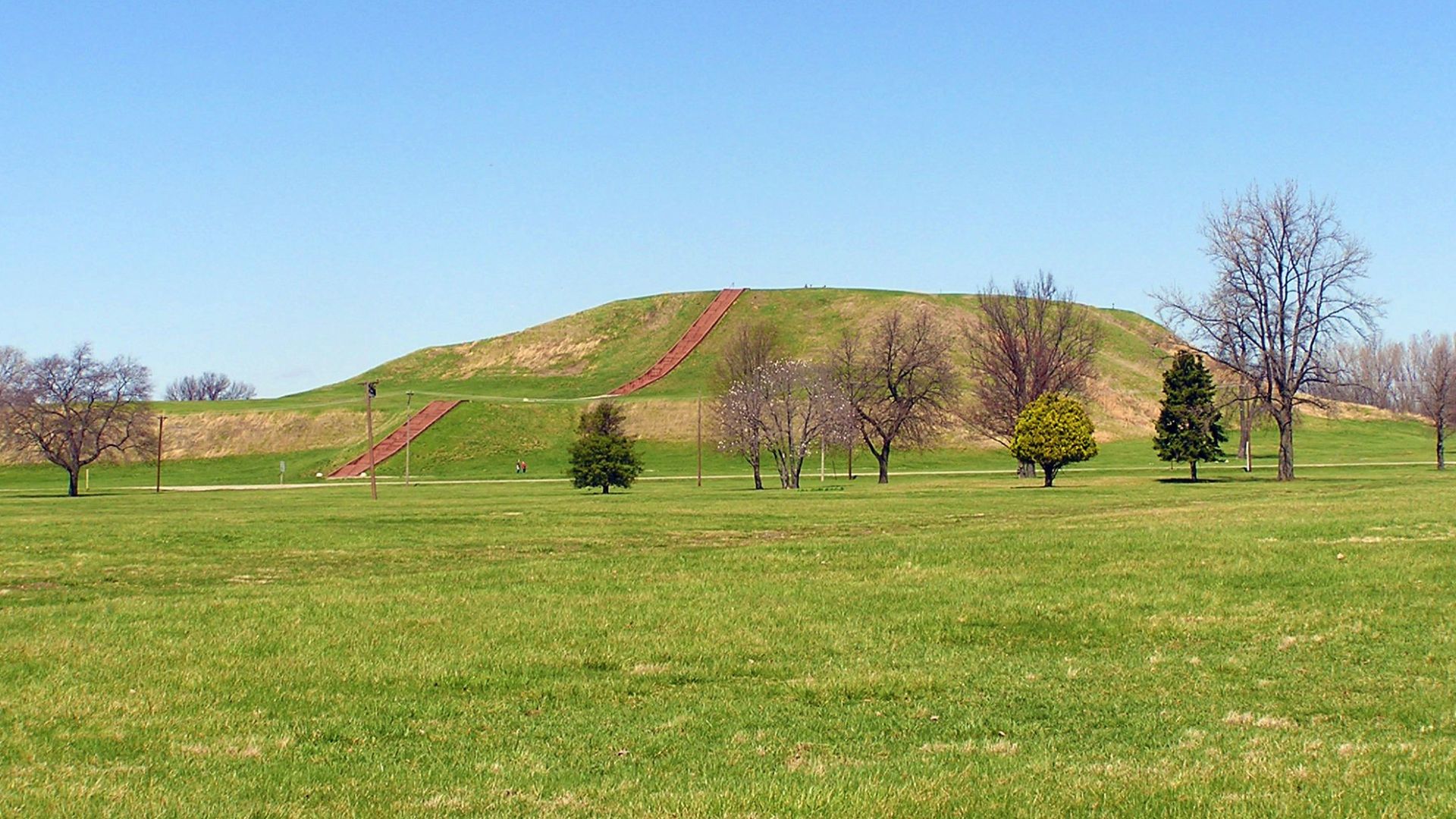 Wisconsin Denizen, Wikimedia Commons
Wisconsin Denizen, Wikimedia Commons
Rediscovering A Civilization Lost In Time
It wasn’t until the 20th century that Cahokia earned recognition as a true city and one of America’s most significant prehistoric archaeological sites. Radiocarbon dating and aerial surveys revealed not just a collection of mounds but evidence of planning, trade, spiritual rituals, and a thriving, complex social structure.
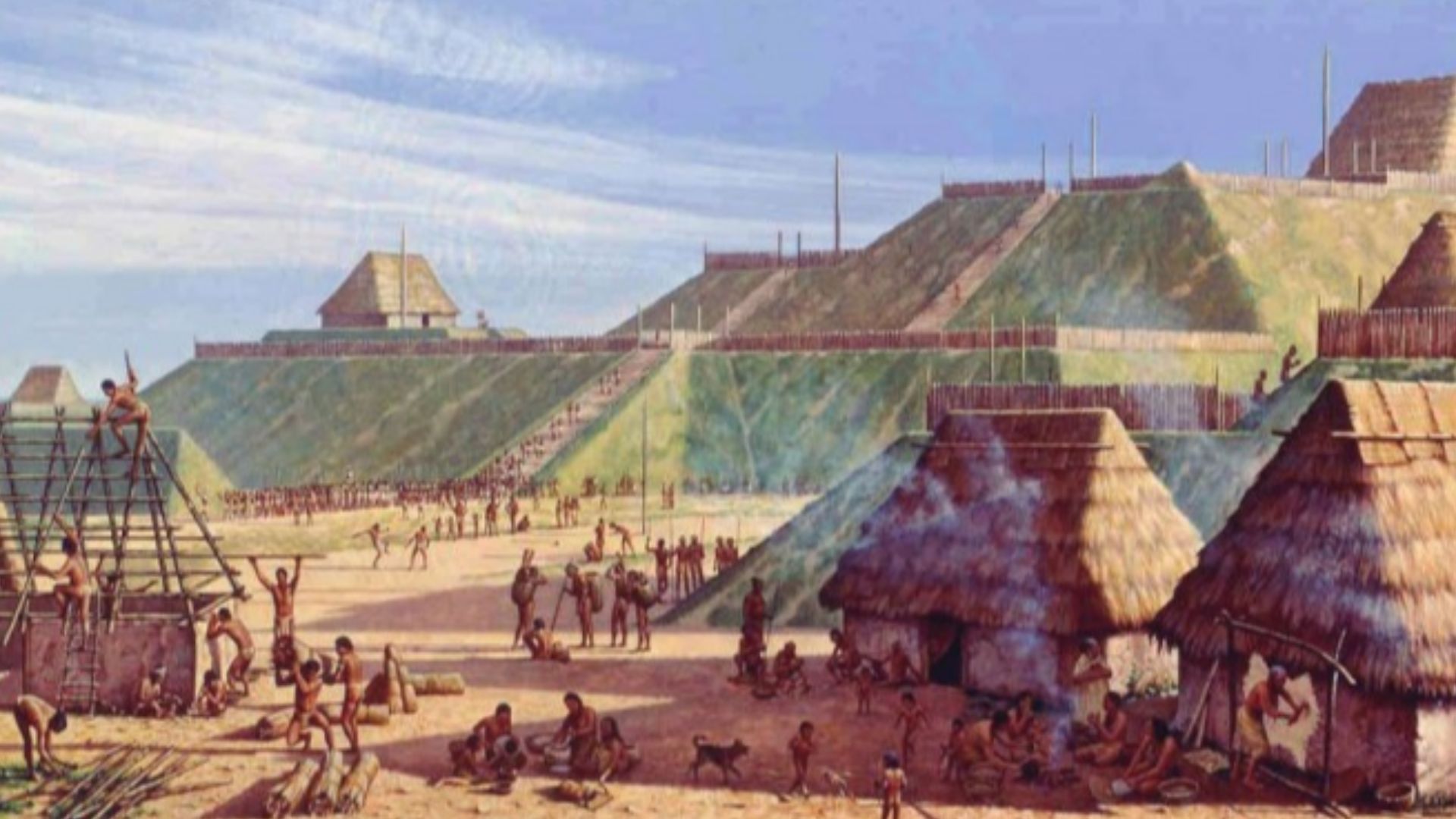 Michael Hampshire for the Cahokia Mounds State Historic Site., Wikimedia Commons
Michael Hampshire for the Cahokia Mounds State Historic Site., Wikimedia Commons
Cahokia: A City That Shouldn’t Have Existed?
Without metal tools or wheels, the rise of Cahokia seems improbable. Yet between AD 1050 and 1200, it expanded rapidly. How did such a society flourish in what’s now Illinois? That question continues to puzzle researchers, forcing a reconsideration of how we define “civilization” in North America.
 What Happened to America’s First Megacity? by PBS Terra
What Happened to America’s First Megacity? by PBS Terra
Why Build A City On A Floodplain?
At first glance, Cahokia’s location seems risky. However, the site offered rich soil with river access and natural trade routes. Seasonal flooding may have even helped sustain farming. The city’s founders understood their environment well by settling where resources were abundant and connections to other regions could thrive across the Mississippi basin.
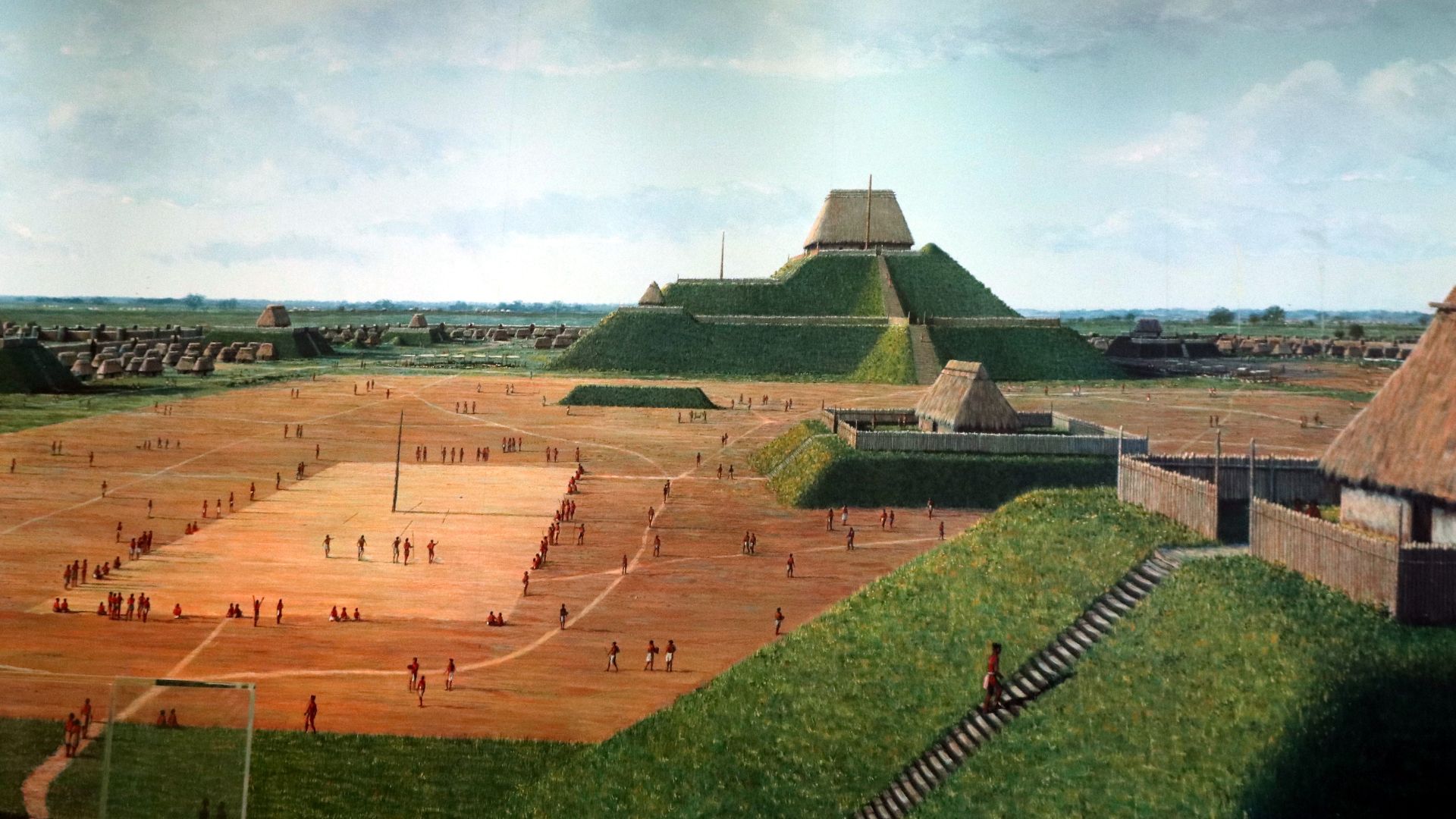 Thank You (24 Millions ) views, Wikimedia Commons
Thank You (24 Millions ) views, Wikimedia Commons
The Rivers That Fed An Empire
The Mississippi and its tributaries were arteries of commerce and communication. Cahokia used these riverways to connect with distant regions, bringing in materials like copper from the Great Lakes and shells from the Gulf Coast. This aquatic network helped fuel the city’s growth and influence.
A Sudden Boom In The Middle Of Nowhere
Around AD 1050, something triggered explosive growth in Cahokia. Within a generation, the population surged as new mound complexes appeared and vast public plazas emerged. The speed of transformation suggests a political or religious shift—possibly even a charismatic leader. This regional settlement became the most influential city of ancient North America.
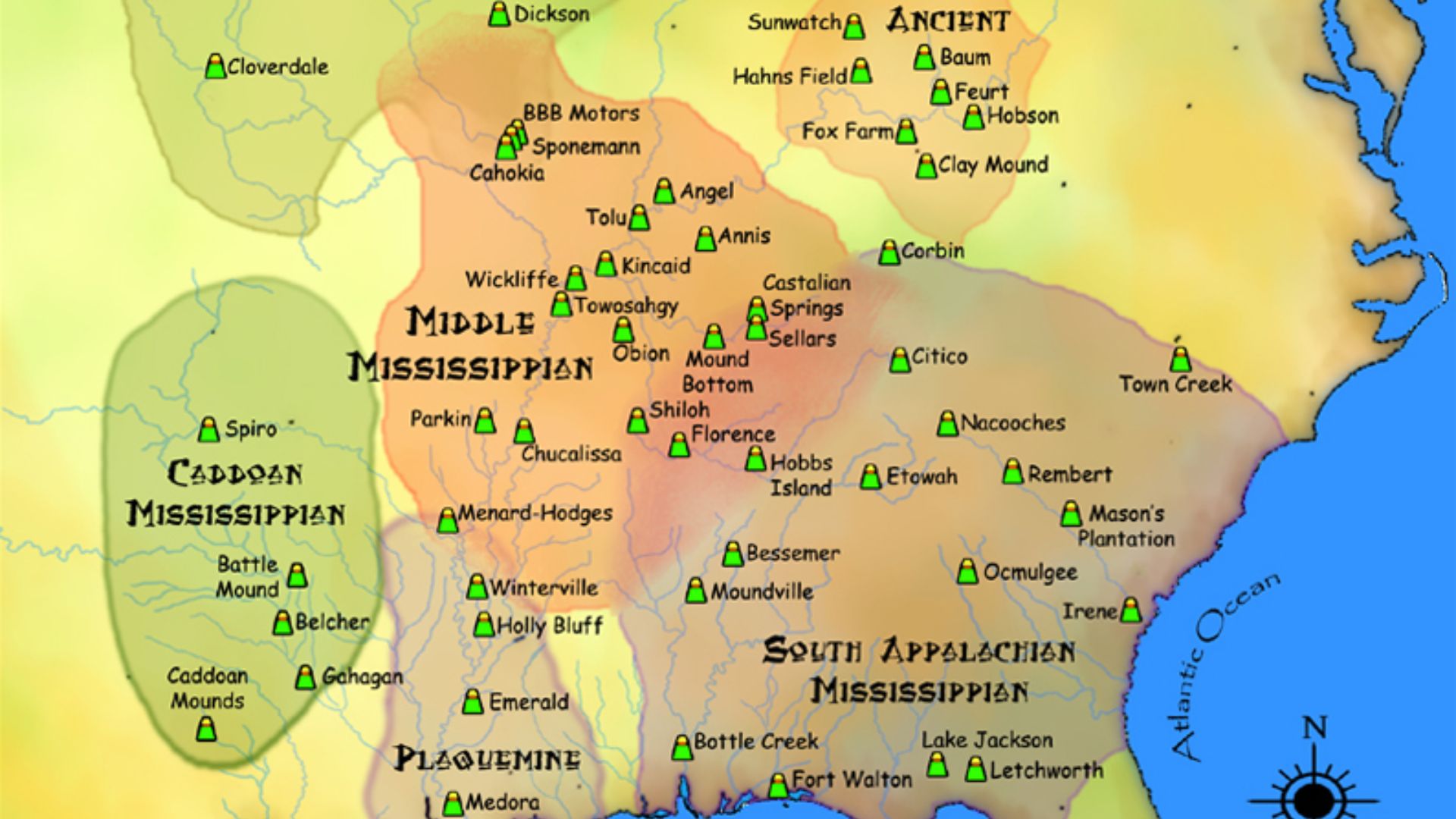 Heironymous Rowe, Wikimedia Commons
Heironymous Rowe, Wikimedia Commons
Who Were The Builders Behind The Mounds?
The people of Cahokia weren’t a single tribe but likely a mix of cultures drawn by opportunity. Farmers, artisans, spiritual leaders, and laborers all contributed to mound-building projects. Their ancestry connects to Mississippian traditions, yet the city’s scale suggests an unprecedented level of organization and communal effort in precolonial America.
Secrets Buried In The Soil Of The Midwest
Excavations at Cahokia have revealed everything from tools and pottery to sacrificial remains. Soil layers show evidence of massive construction episodes, while charred wood and pollen offer climate clues. Beneath every mound lies a fragment of daily life and changing fortunes that archaeologists are still decoding today.
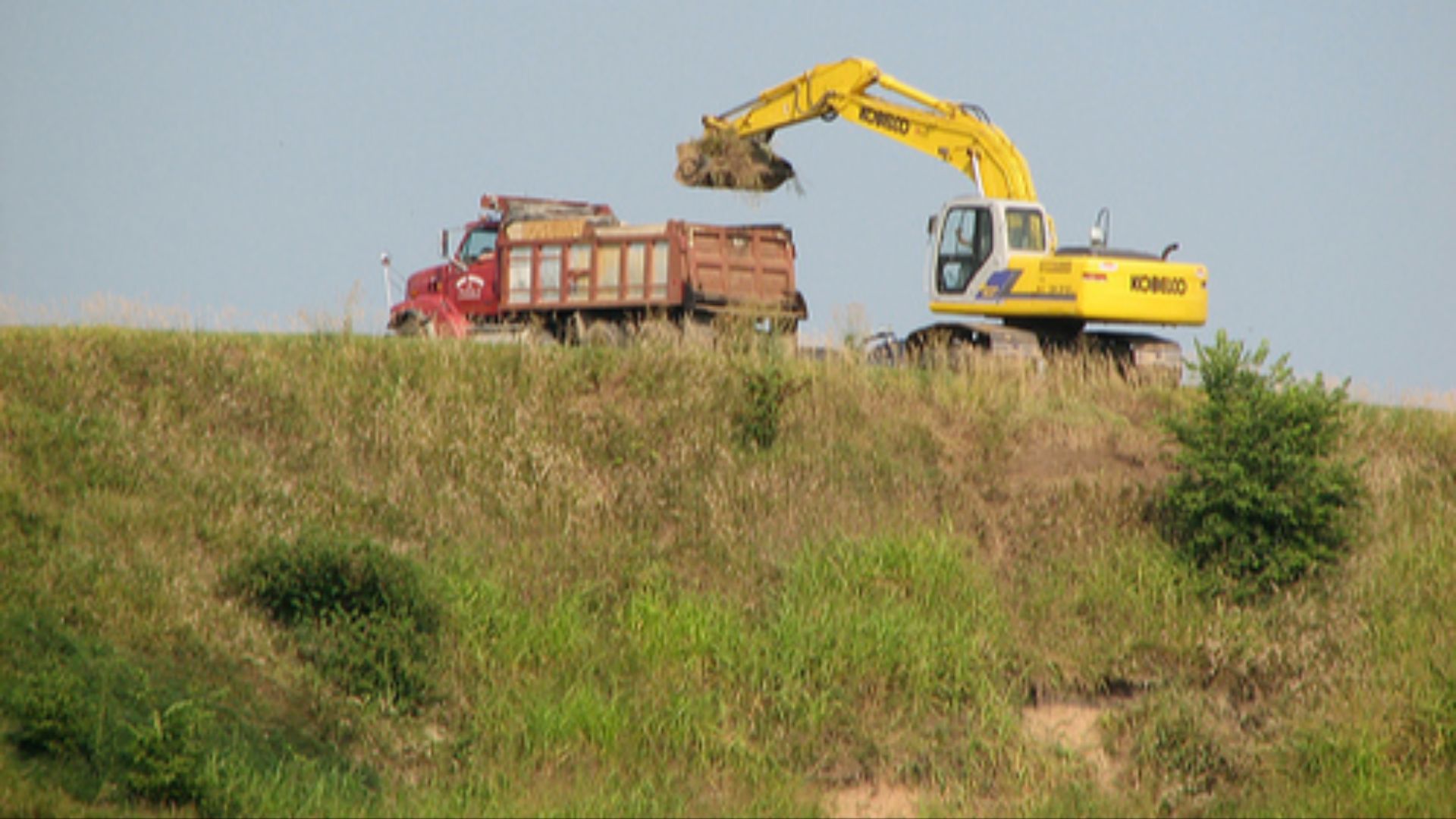 Kathryn Cramer, Wikimedia Commons
Kathryn Cramer, Wikimedia Commons
Bigger Than London
By AD 1100, Cahokia had grown larger than many European cities of its time—including London. With an estimated population of 15,000–20,000 at its peak, it featured temples and neighborhoods. This was a full-fledged city, crafted by people often left out of textbooks.
Monks Mound: Earth’s Silent Skyscraper
Standing 100 feet tall and covering 14 acres, Monks Mound is North America’s largest prehistoric earthwork. Built in layers over centuries, it likely supported a major temple or the residence of Cahokia’s ruling elite. The sheer volume of soil moved by hand showcases the city’s engineering skill and spiritual ambition.
 The Mystery of the Magnificent Monks Mound by Smithsonian Channel
The Mystery of the Magnificent Monks Mound by Smithsonian Channel
A City Designed To Impress
Cahokia’s layout wasn’t random. Monumental mounds surrounded large plazas, creating space for ceremonies and spectacles. Straight causeways and astronomical alignments suggest planning on a civic scale. This design may have reinforced social hierarchies by giving elites an edge both physically and symbolically above everyday life.
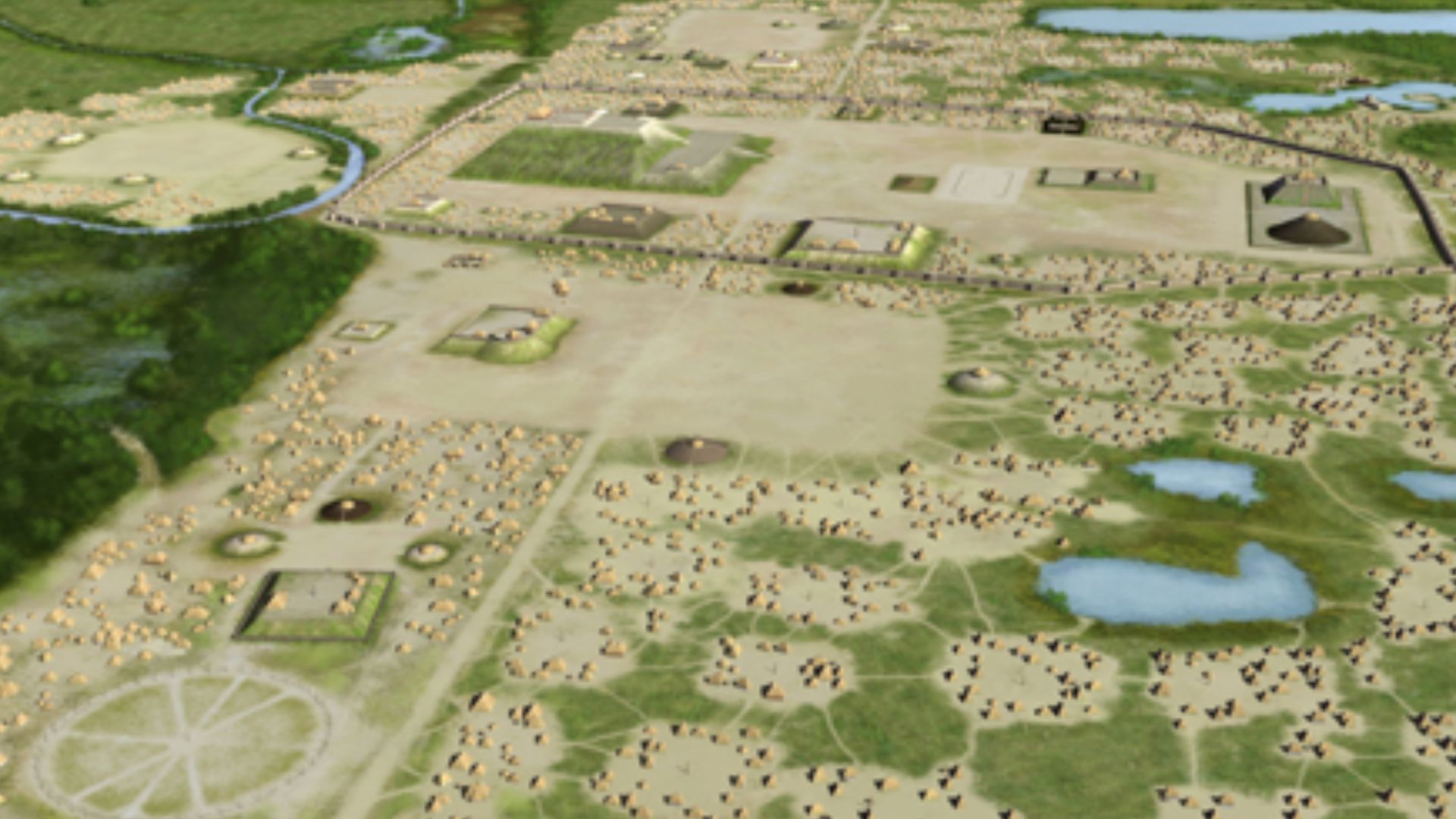 Heironymous Rowe, Wikimedia Commons
Heironymous Rowe, Wikimedia Commons
The Hidden Geometry Of Cahokia’s Streets
Aerial surveys and mapping reveal geometric precision beneath the surface. North-south and east-west orientations appear throughout Cahokia’s layout, including mound alignments and ceremonial structures. These likely held cosmological meaning and reflected beliefs about the universe and humanity’s place within it.
 Are These Enormous Mounds Natural or Man-Made? by Smithsonian Channel
Are These Enormous Mounds Natural or Man-Made? by Smithsonian Channel
Was This North America’s First Planned City?
Cahokia was methodically arranged with central plazas and tiered mounds in addition to neighborhoods organized by social function. The planning suggests not only architectural foresight but also political structure. Few other Indigenous sites in North America show this level of urban sophistication before European contact, making Cahokia uniquely exceptional.
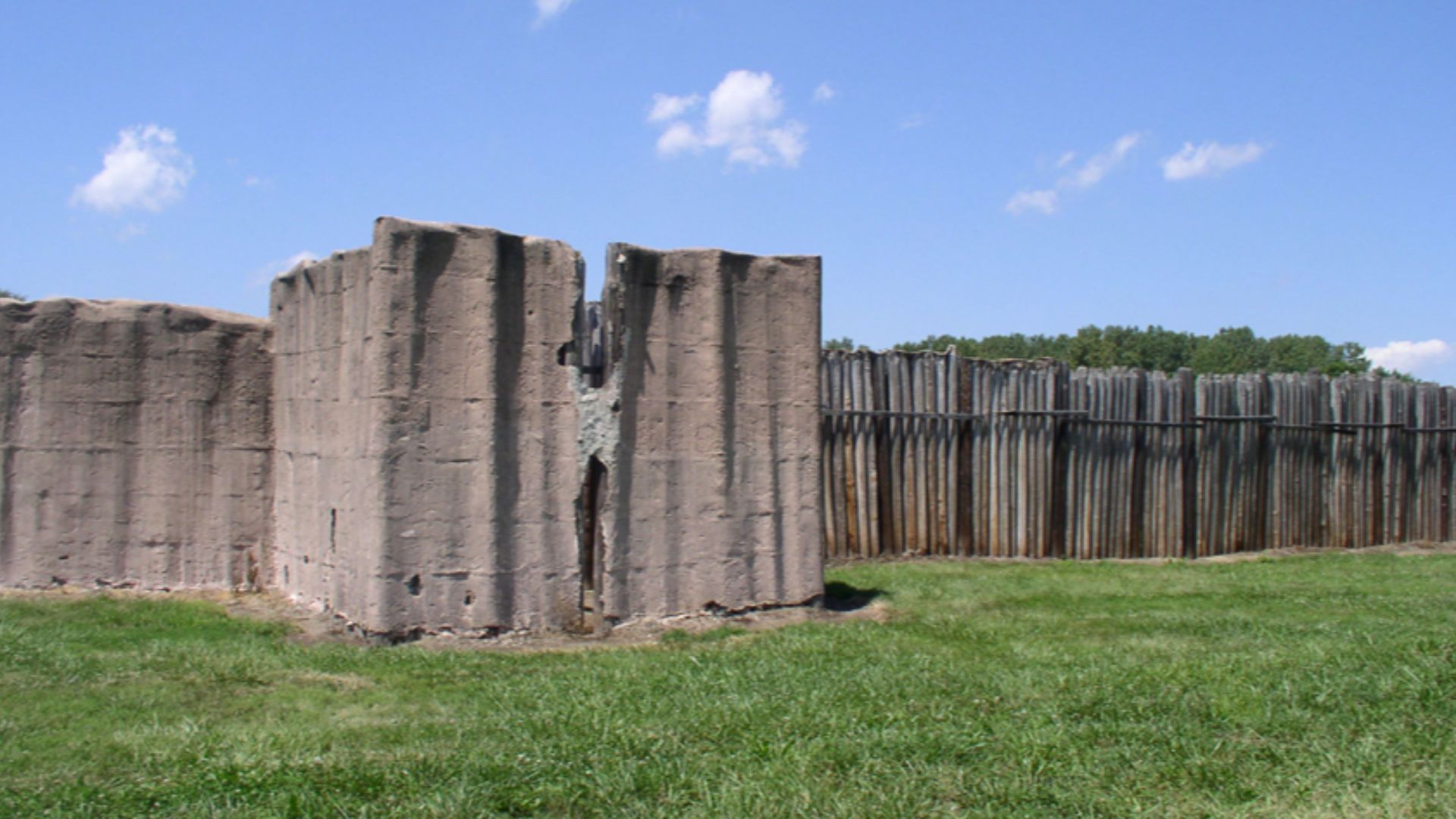 Herb Roe, www.chromesun.com, Wikimedia Commons
Herb Roe, www.chromesun.com, Wikimedia Commons
Farming, Feasting, And Feeding Thousands
Supporting tens of thousands required efficient food production. Cahokians cultivated corn as a staple crop, supplemented by squash, and hunted game. Communal feasts reinforced alliances, spiritual events, and social order. Archaeological remains from burnt pits and storage jars show that nourishment was both a necessity and a community affair.
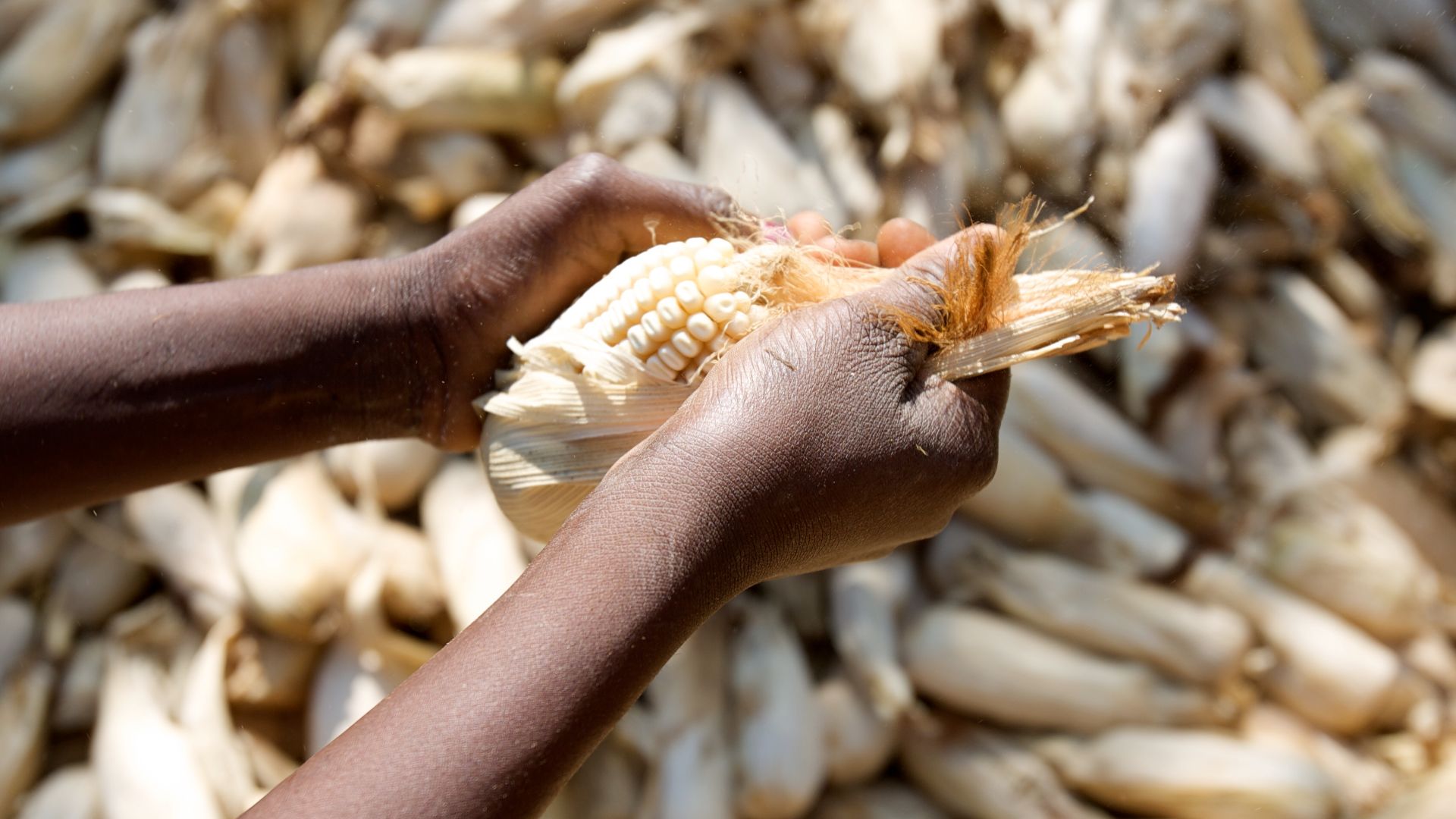 Stephen Morrison/Africa Practice, Wikimedia Commons
Stephen Morrison/Africa Practice, Wikimedia Commons
What Did Cahokians Eat For Breakfast?
Though no menus survive, food remnants give clues. Roasted corn, nut mash, dried fruits, and smoked fish likely filled morning meals. The diet was high in carbohydrates and protein, tailored to fuel a labor-intensive lifestyle. The diversity in food remains suggests regional trade and seasonal shifts in dietary habits.
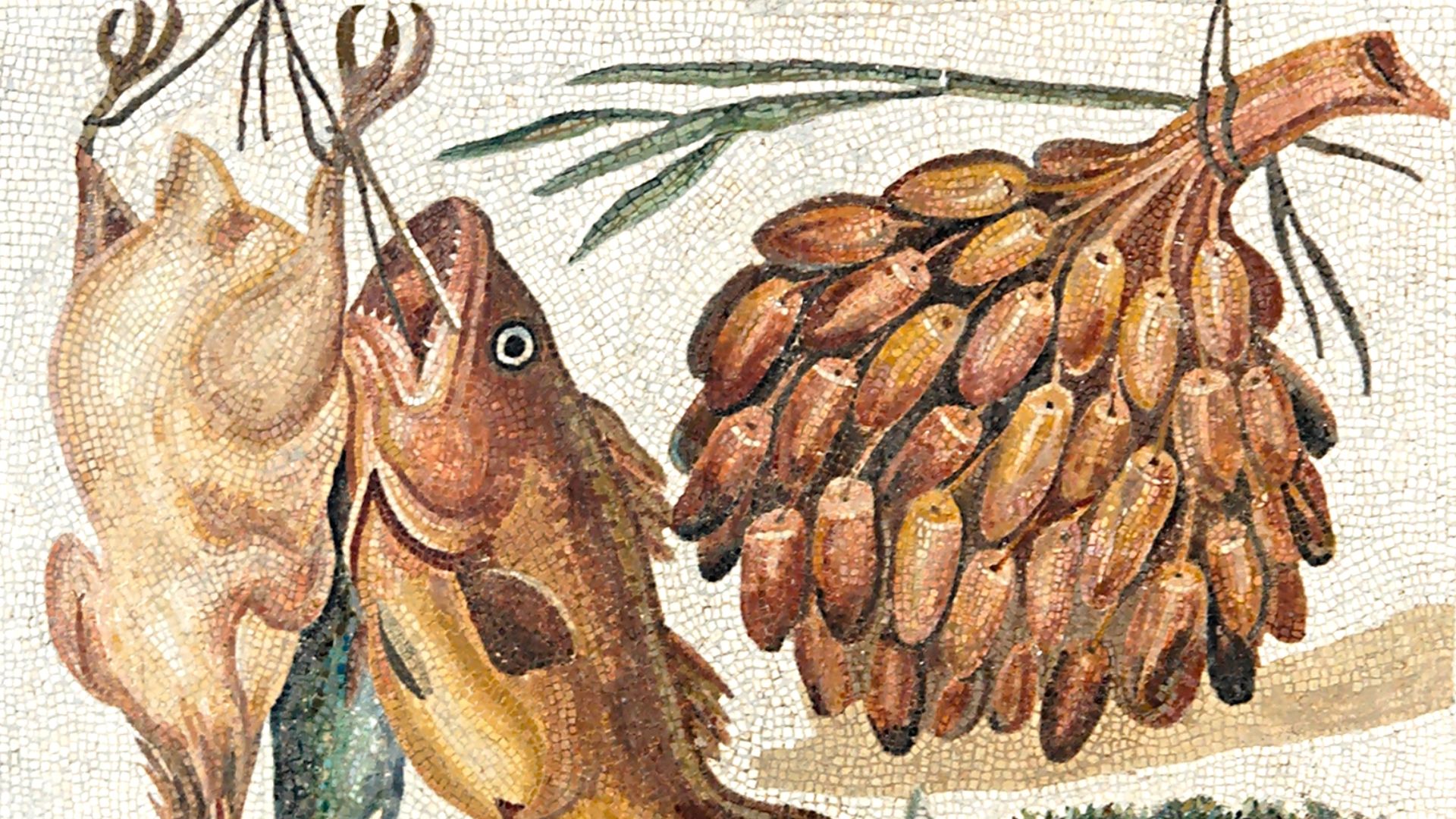 Unknown artistUnknown artist, Wikimedia Commons
Unknown artistUnknown artist, Wikimedia Commons
Strange Brews And Ancient Caffeine Rituals
Cahokians brewed a black drink made from yaupon holly, a plant rich in caffeine native to the Southeast. Consumed in rituals—often before important decisions or ceremonies—it was likely purifying and stimulating. Residue in ceremonial vessels points to its widespread use, revealing a surprisingly complex understanding of botanical properties.
 Photo by David J. Stang, Wikimedia Commons
Photo by David J. Stang, Wikimedia Commons
Pottery, Weaving, And The Beauty Of The Ordinary
Daily life in Cahokia was full of art and skills. Pottery ranged from practical cooking vessels to ornate effigy jars. Women likely played a central role in weaving textiles and producing goods for home and trade. The surviving artifacts reflect both creativity and utility, showcasing an aesthetic woven into everyday existence.
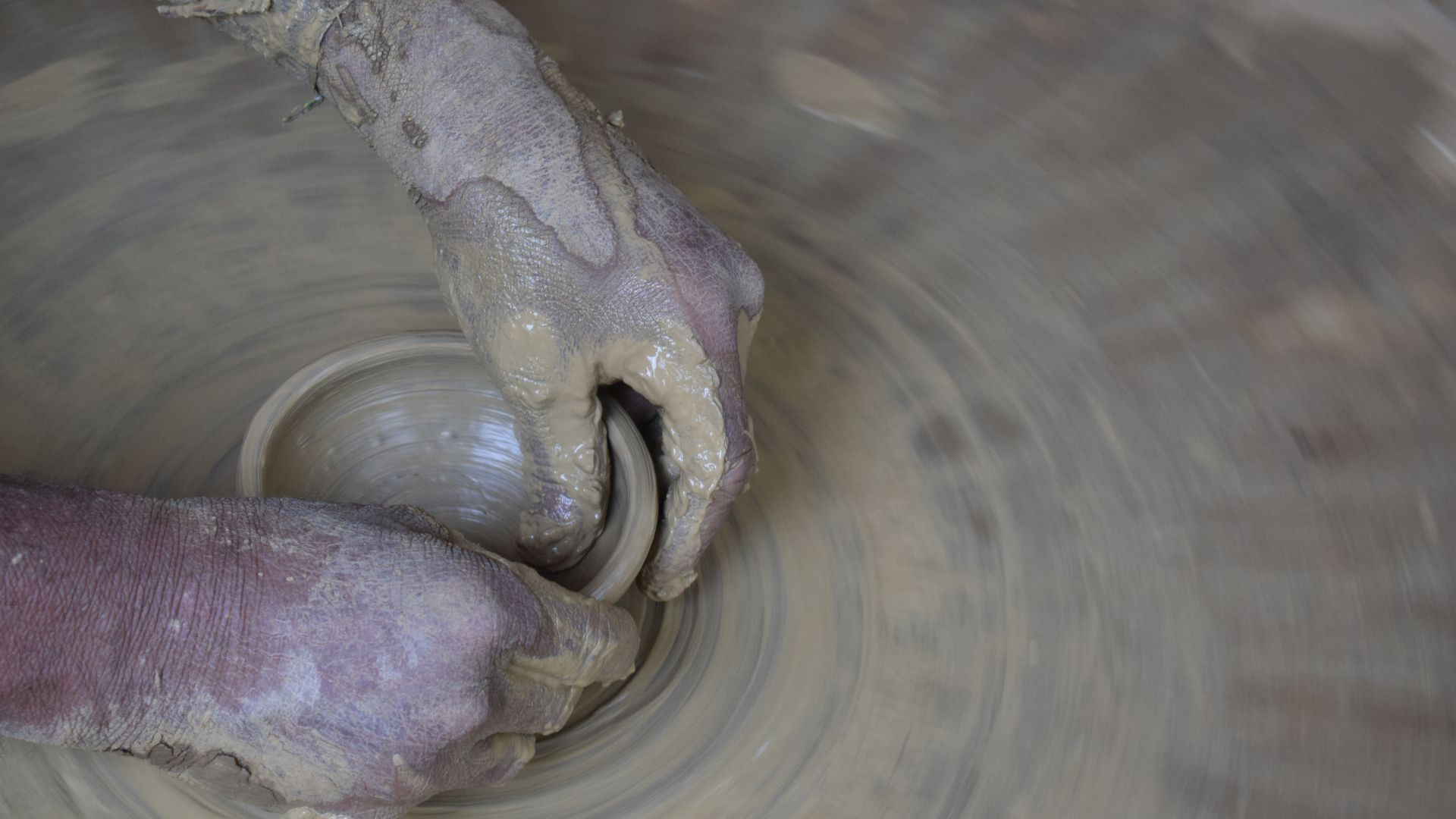 Dolon Prova, Wikimedia Commons
Dolon Prova, Wikimedia Commons
How The City Kept Its People Busy And Fed
Work in Cahokia was communal and nonstop. Beyond farming, residents quarried soil for mounds, crafted tools, shaped ceremonial objects, and prepared food for large-scale events. Evidence of specialized labor points to a society with roles beyond survival—one that required coordination, leadership, and shared belief in a common purpose.
Why Mounds Meant More Than Just Dirt
Each mound at Cahokia held meaning—some were platforms for buildings, others burial sites, and a few served as markers aligned with celestial events. These earthworks represented social investment and spiritual commitment. Building them was an act of devotion woven into identity.
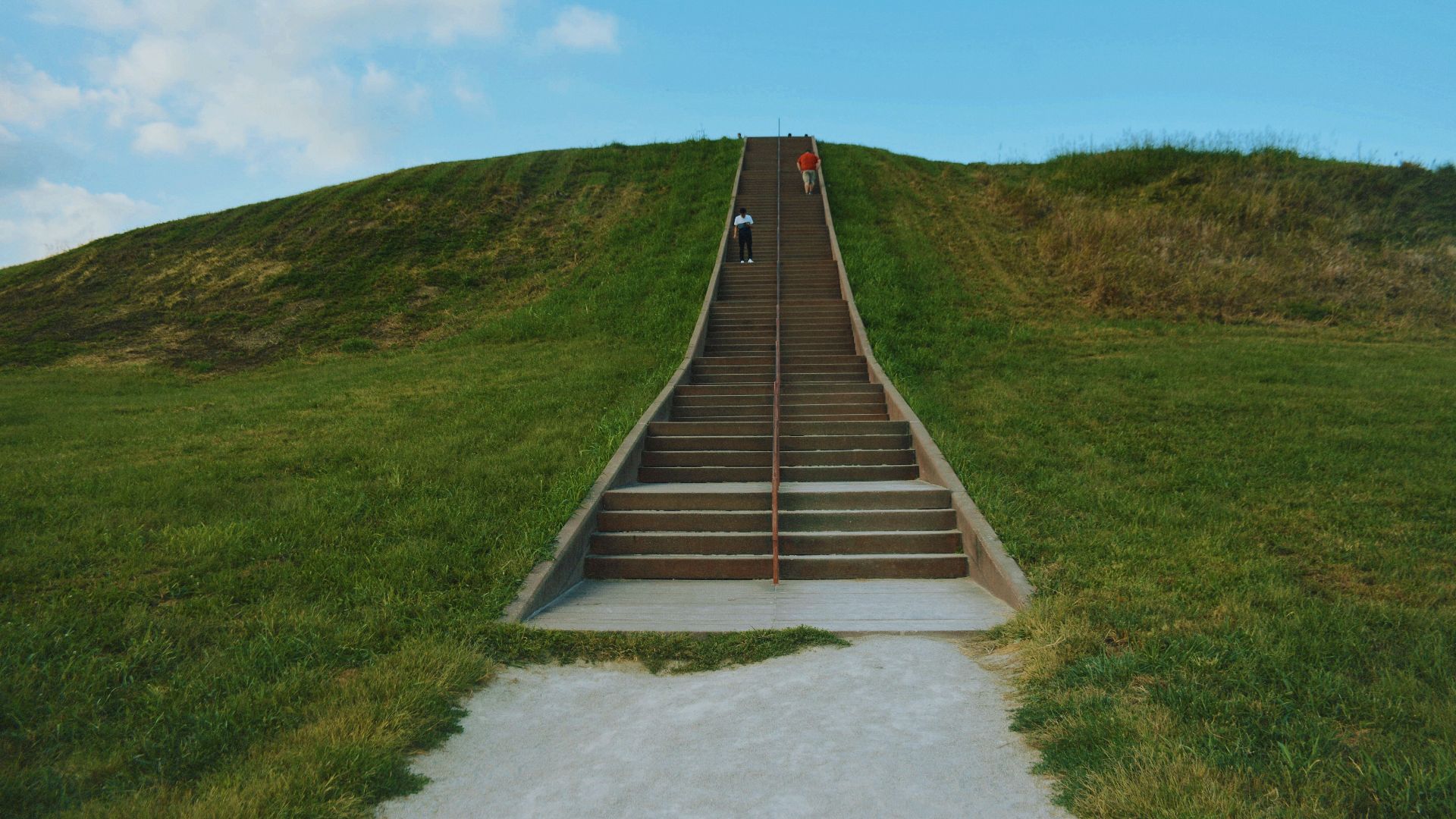 Aemurray wustl, Wikimedia Commons
Aemurray wustl, Wikimedia Commons
Temples That Reached Toward The Sky
Atop several mounds stood wooden temples, likely reserved for leaders or ancestral veneration. Built from upright posts and thatch, they symbolized power. Their height and placement above plazas emphasized a connection between the heavens and leadership, blending politics and spirituality in every beam and step.
Woodhenge: A Calendar Made Of Trees
To the west of Monks Mound stood a circular arrangement of large wooden posts—nicknamed “Woodhenge”. Aligned with solstices and equinoxes, it functioned as a solar calendar. Priests or elites may have gathered here to mark agricultural or ceremonial dates. Its existence reveals sophisticated astronomical knowledge embedded in everyday life.
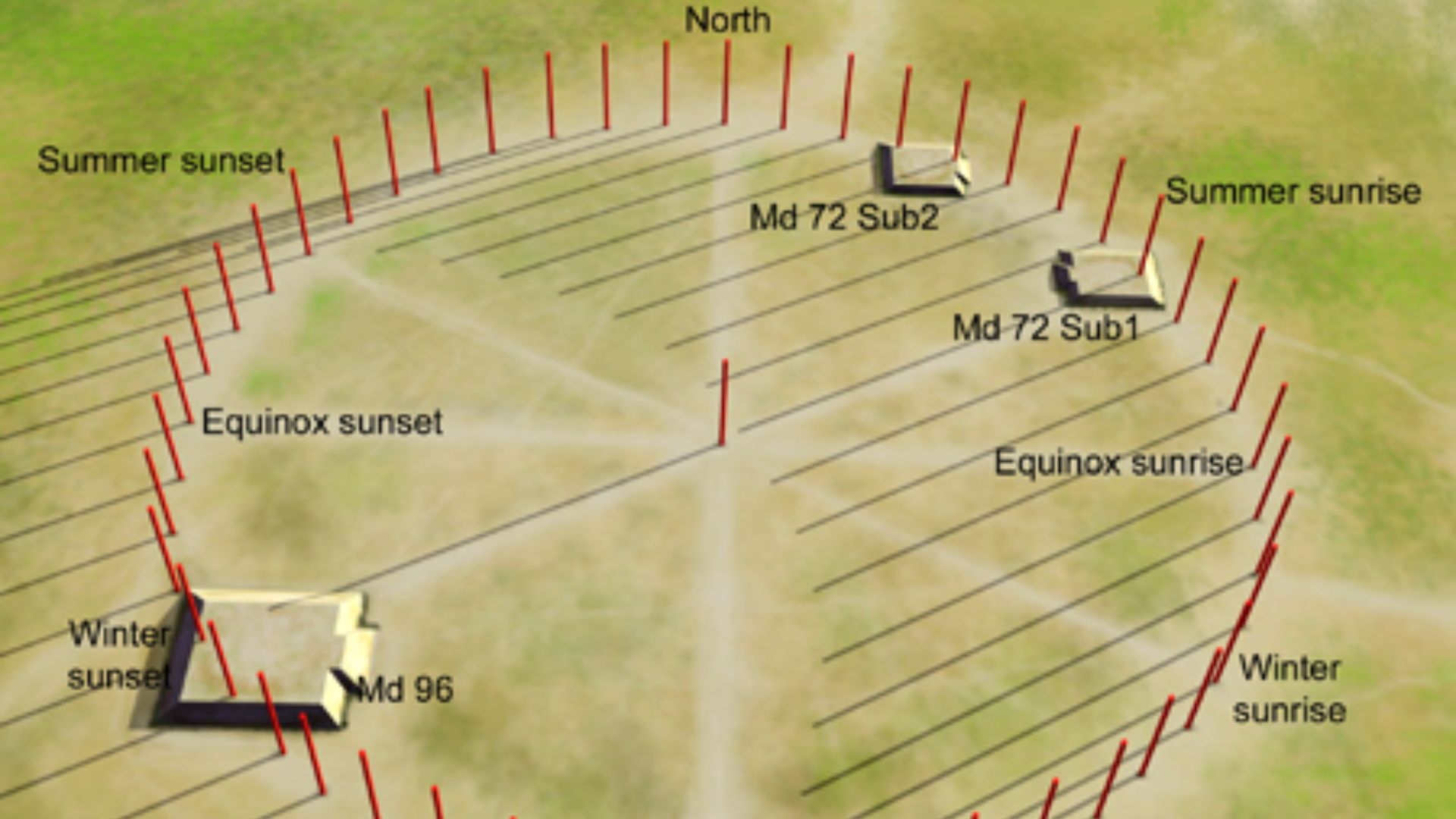 Heironymous Rowe, Wikimedia Commons
Heironymous Rowe, Wikimedia Commons
What Their Burials Say About Belief
Cahokia’s burial practices ranged from simple interments to elaborate graves with grave goods and sacrificial victims. The famous Mound 72 burial includes a high-status male surrounded by lavish offerings and over 50 sacrificed individuals. These patterns suggest hierarchical beliefs and a worldview deeply shaped by cycles of life and death.
Human Sacrifice Or Misunderstood Ritual?
The presence of mass graves and ceremonial burials raises questions. Were these victims of sacrifice, war captives, or honored companions? Some bodies show signs of careful placement, others abrupt internment. While some archaeologists interpret them as ritual killings, others suggest more complex social customs we’ve only begun to understand.
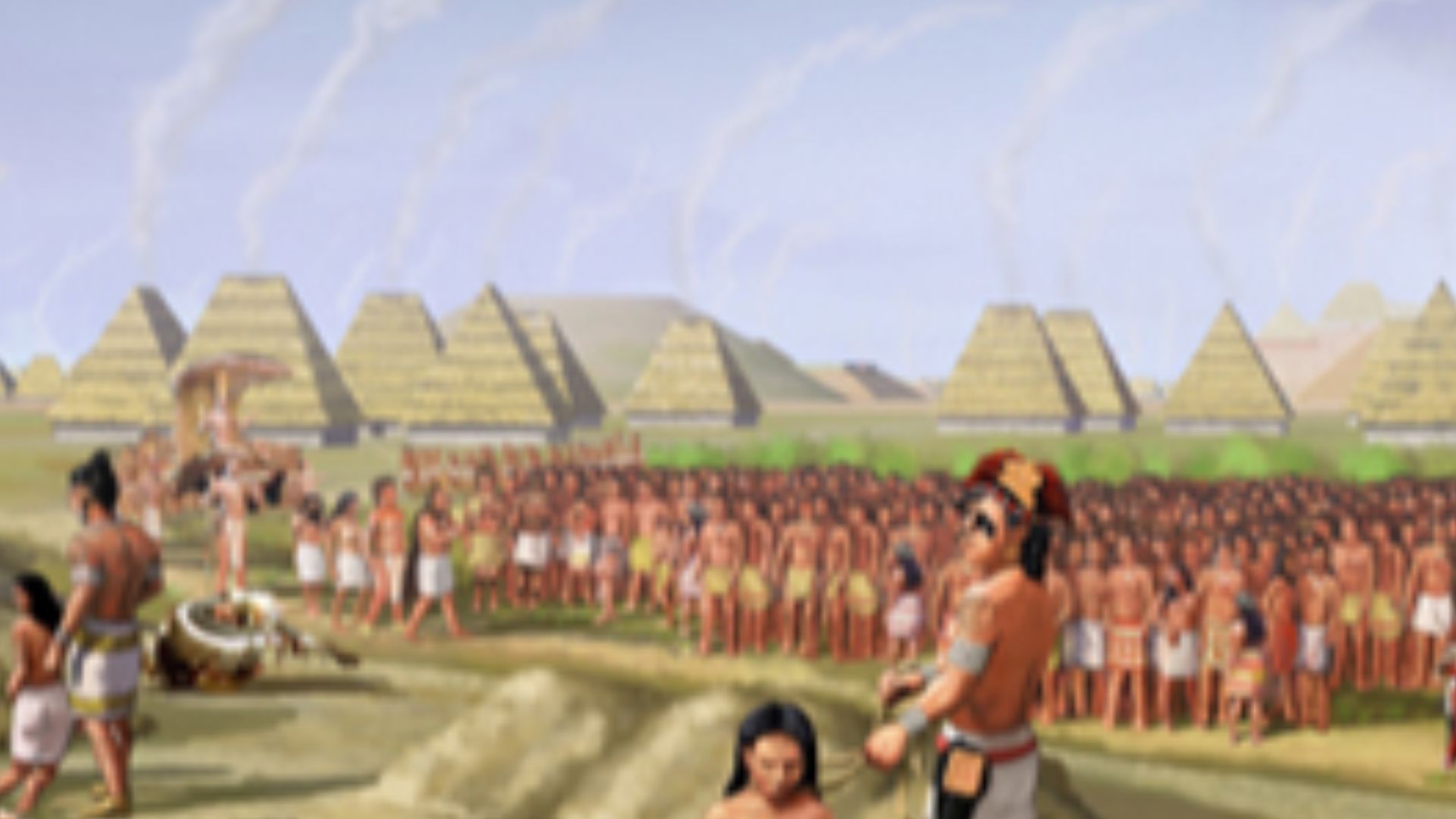 Heironymous Rowe, Wikimedia Commons
Heironymous Rowe, Wikimedia Commons
The Game That Could End Wars
Chunkey, a sport involving spears and a rolling stone disc, may have settled disputes or reinforced alliances. Played in large plazas, often before audiences, the game held symbolic weight. Its widespread use across other Mississippian sites points to a shared culture and unifying tradition beyond the city.
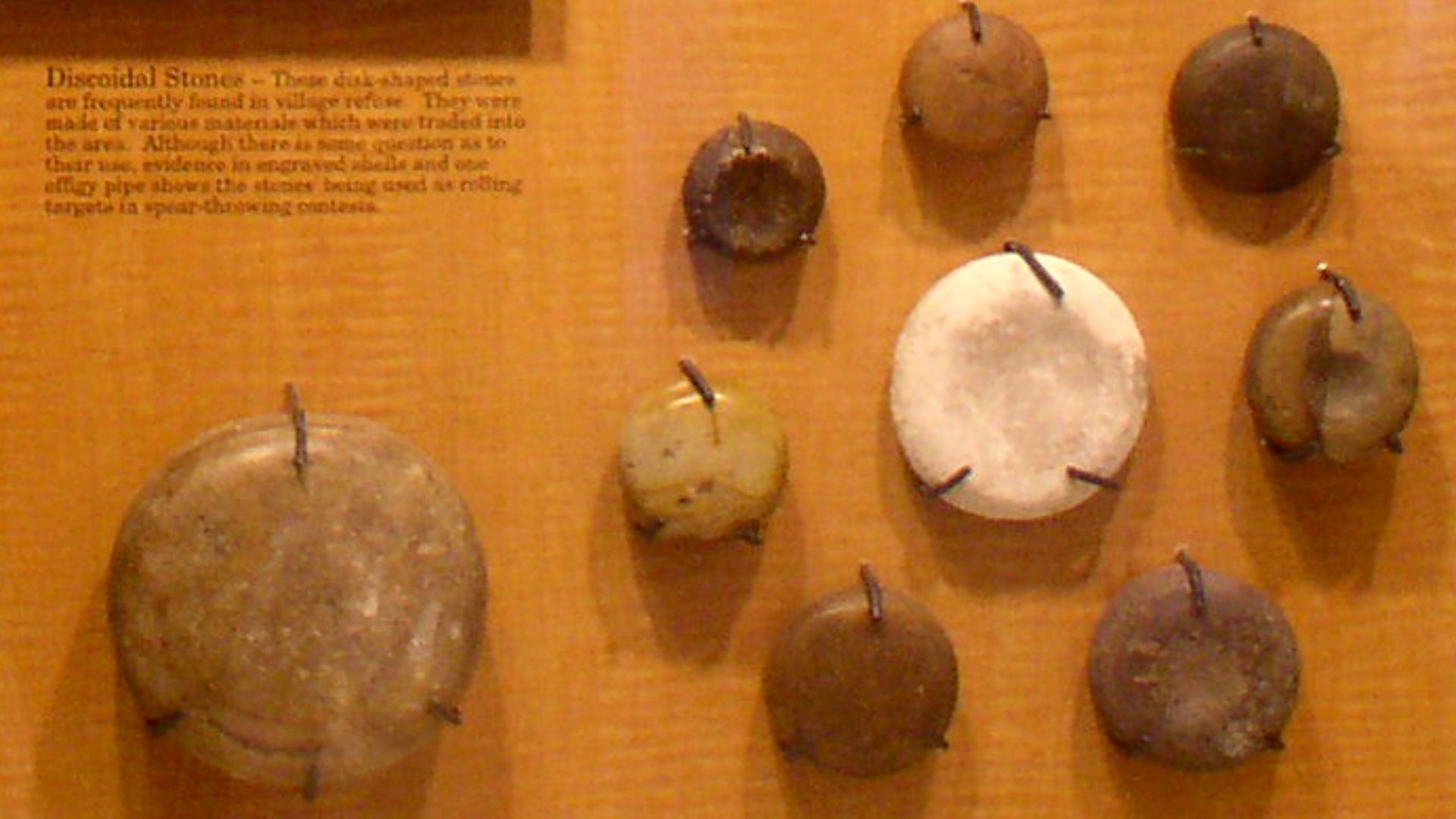 Herb Roe, www.chromesun.com, Wikimedia Commons
Herb Roe, www.chromesun.com, Wikimedia Commons
Ceremonies That Shaped A Civilization
Ritual gatherings were central to Cahokian life. Evidence of fire pits and altars suggests frequent events tied to agriculture and celestial movements. They forged community identity and maintained social order. For many, faith and spectacle were inseparable realities of everyday life.
 Prayitno / Thank you for (12 millions +) view, Wikimedia Commons
Prayitno / Thank you for (12 millions +) view, Wikimedia Commons
Music, Masks, And Moonlit Dances
While instruments rarely survive, clues hint at vibrant performance traditions. Shell rattles and mask motifs suggest drumming and dancing were part of sacred events. Moonlit ceremonies, likely infused with chants and symbolism, helped reinforce social bonds and communicate mythic narratives across generations without written language.
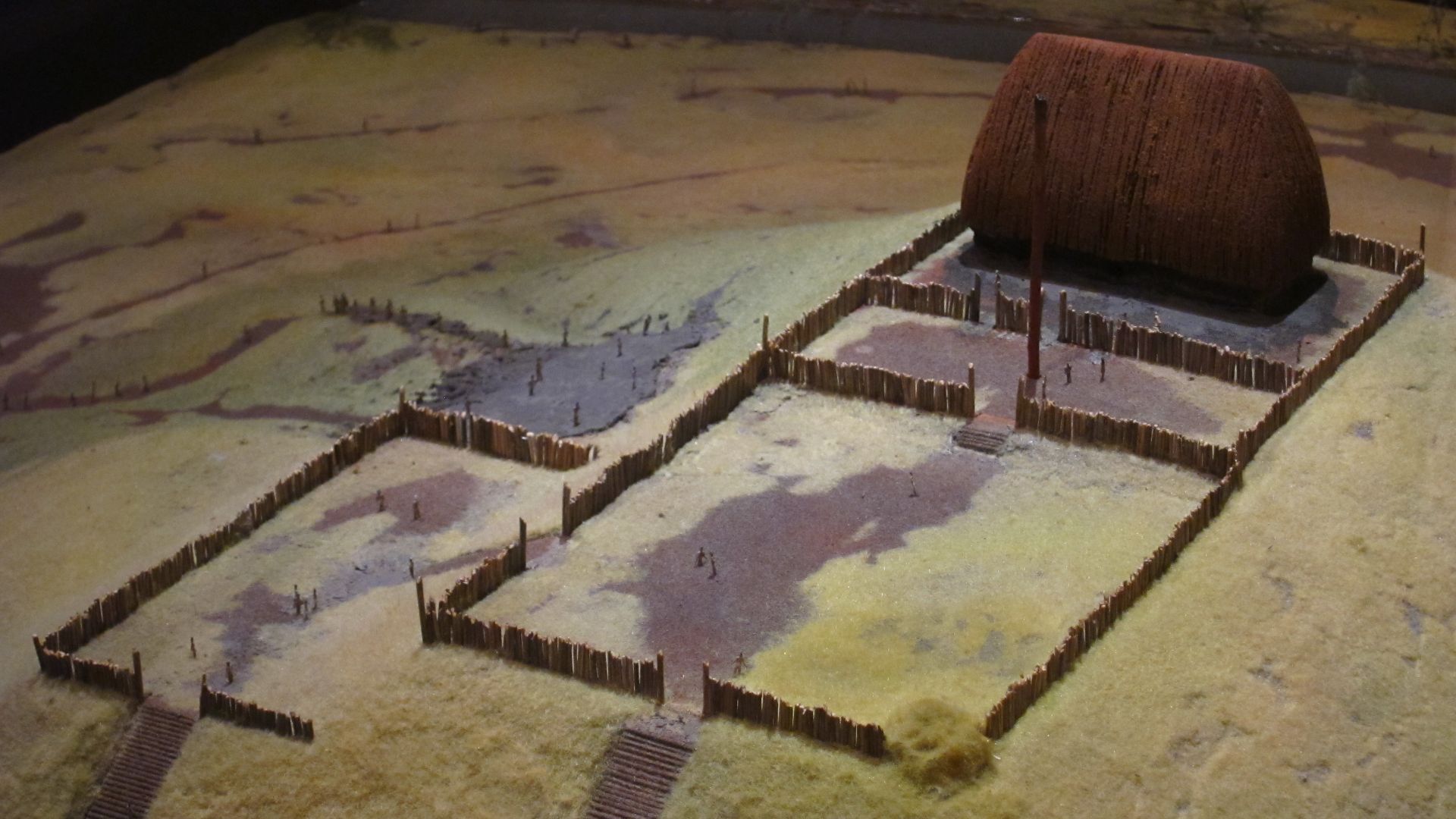 isghoul from Dallas, USA, Wikimedia Commons
isghoul from Dallas, USA, Wikimedia Commons
Was Cahokia Ruled By A God-King?
Cahokia’s political structure remains uncertain, but signs point toward centralized authority. The scale of construction, social hierarchy in burials, and elevated temples suggest a ruling elite—possibly seen as semi-divine. Like Mesoamerican rulers, Cahokia’s leader may have merged spiritual and civic power, commanding devotion as both king and cosmic intermediary.
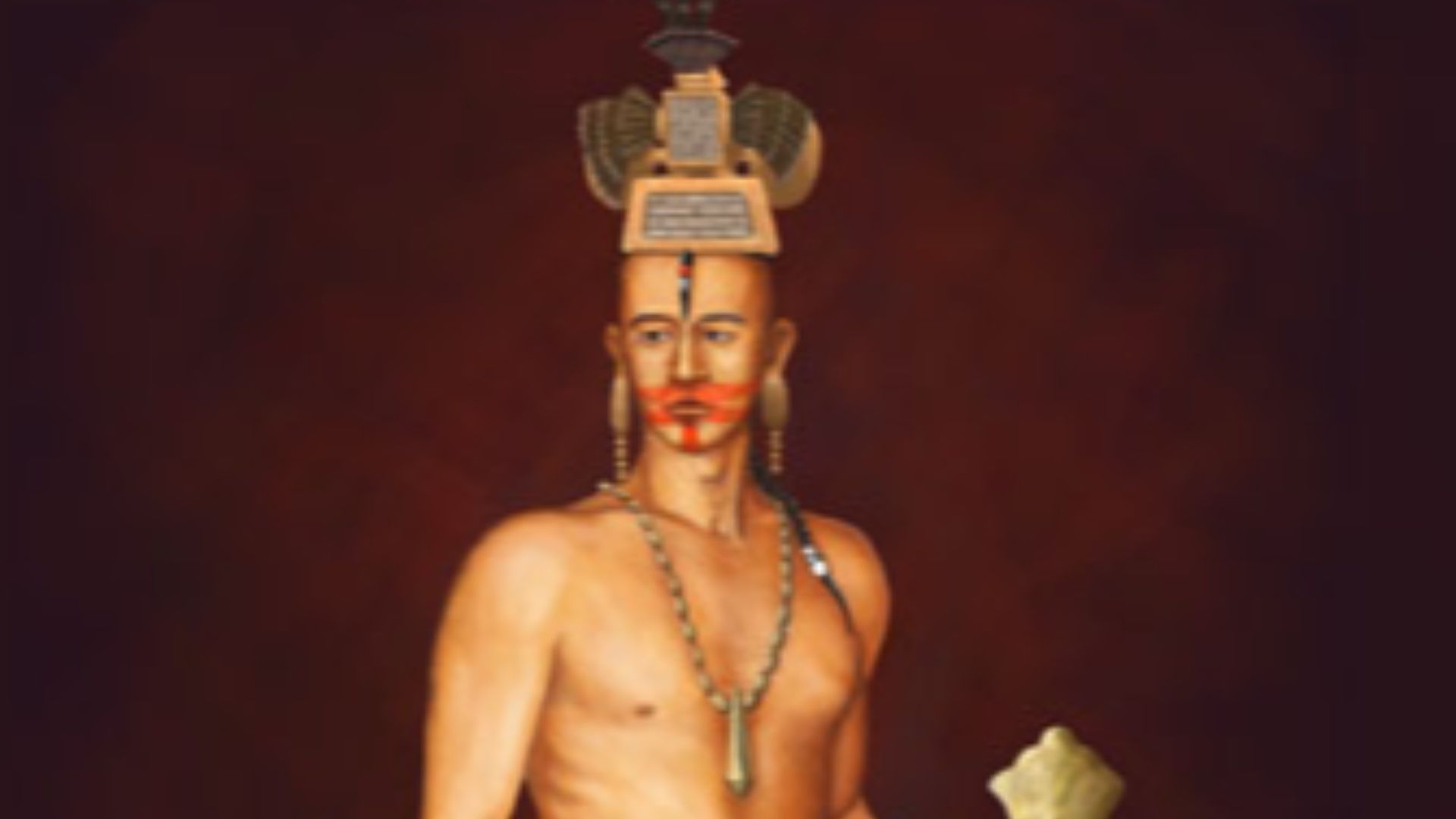 Herb Roe The original uploader was Heironymous Rowe at English Wikipedia., Wikimedia Commons
Herb Roe The original uploader was Heironymous Rowe at English Wikipedia., Wikimedia Commons
How Power Was Performed, Not Just Held
Authority in Cahokia was likely expressed through spectacle. Ceremonial processions and ritual games projected influence beyond the decree. Elevated spaces separated elites from commoners physically and symbolically. Archaeological evidence suggests that power was publicly reinforced. It was performed in plazas and legitimized through celestial timing and sacred narratives.
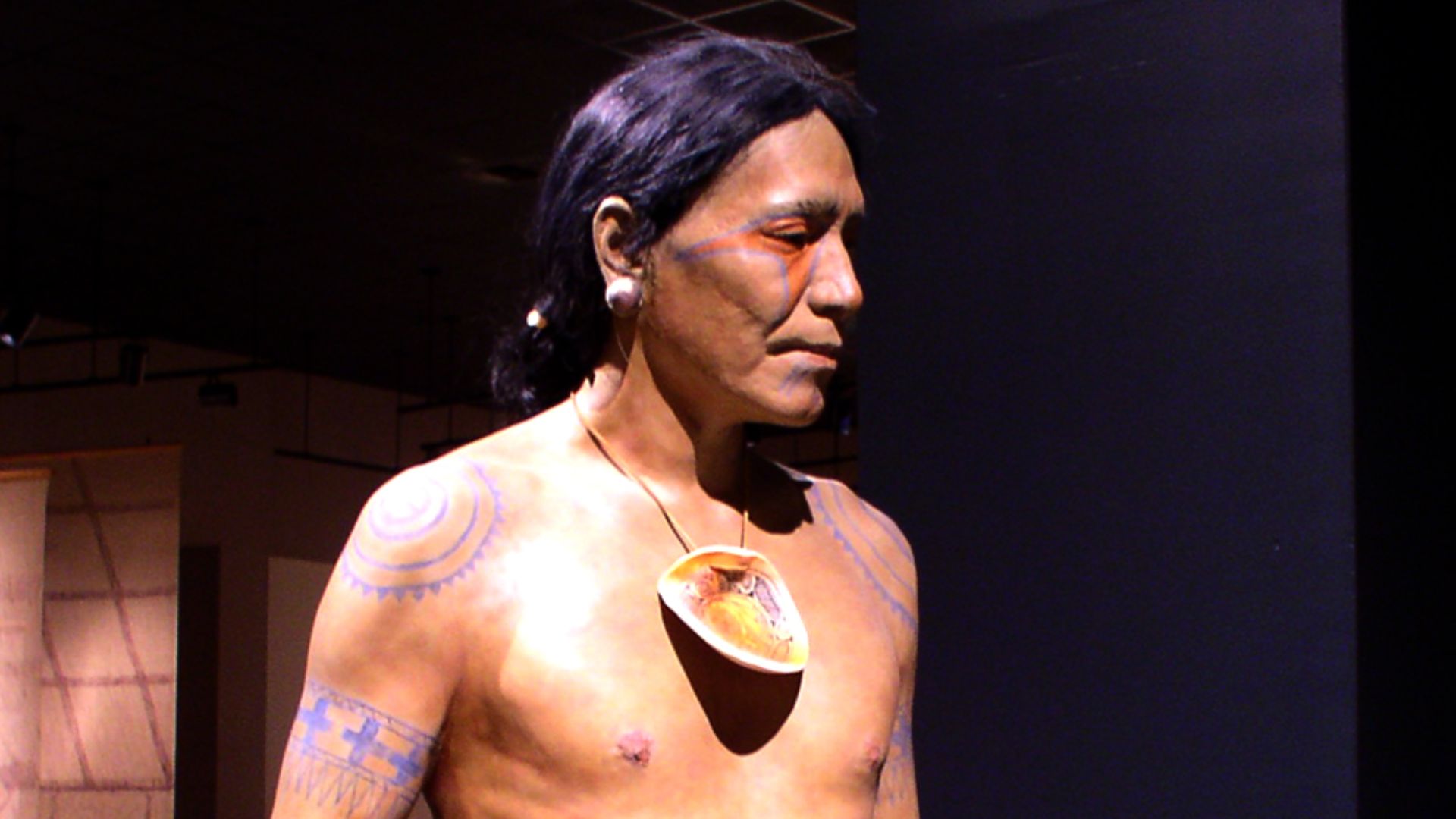 Herb Roe - www.chromesun.com, Wikimedia Commons
Herb Roe - www.chromesun.com, Wikimedia Commons
Cahokia Didn’t Stand Alone
Far from being isolated, Cahokia was part of a vibrant cultural network. Mississippian-style mounds and iconography appear across the Midwest and Southeast. Shared pottery styles and ceremonial traditions link Cahokia with other major centers, suggesting regular contact and cultural exchange that blurred regional boundaries long before Europeans arrived.
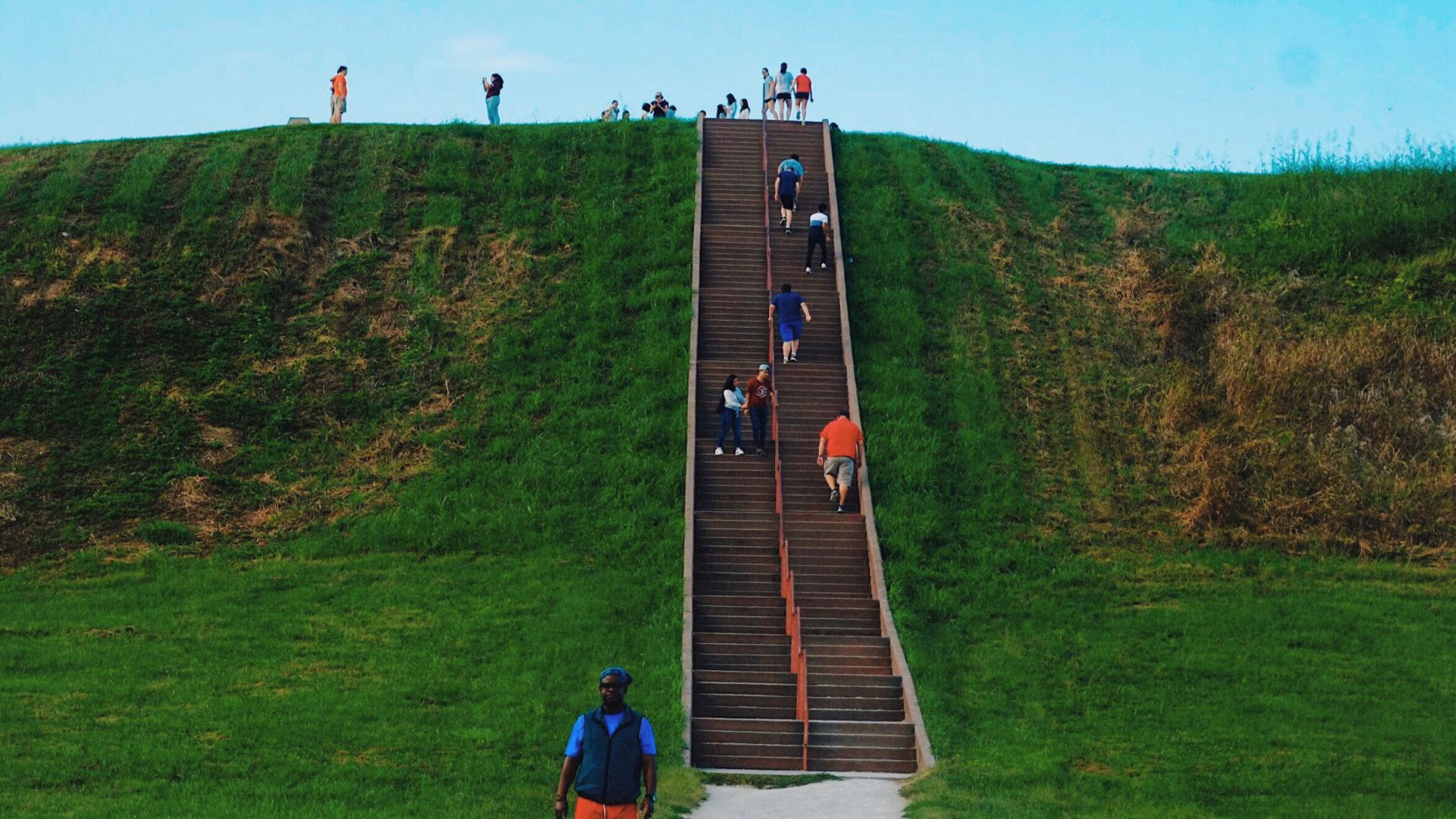 Aemurray wustl, Wikimedia Commons
Aemurray wustl, Wikimedia Commons
Copper, Shells, And Ideas From Afar
Artifacts found at Cahokia include copper from the Great Lakes, Gulf Coast seashells, and stones from distant quarries. These items carried meaning. Their movement shows trade routes spanned thousands of miles. Alongside goods came beliefs and innovations that shaped Cahokia’s unique identity and regional power.
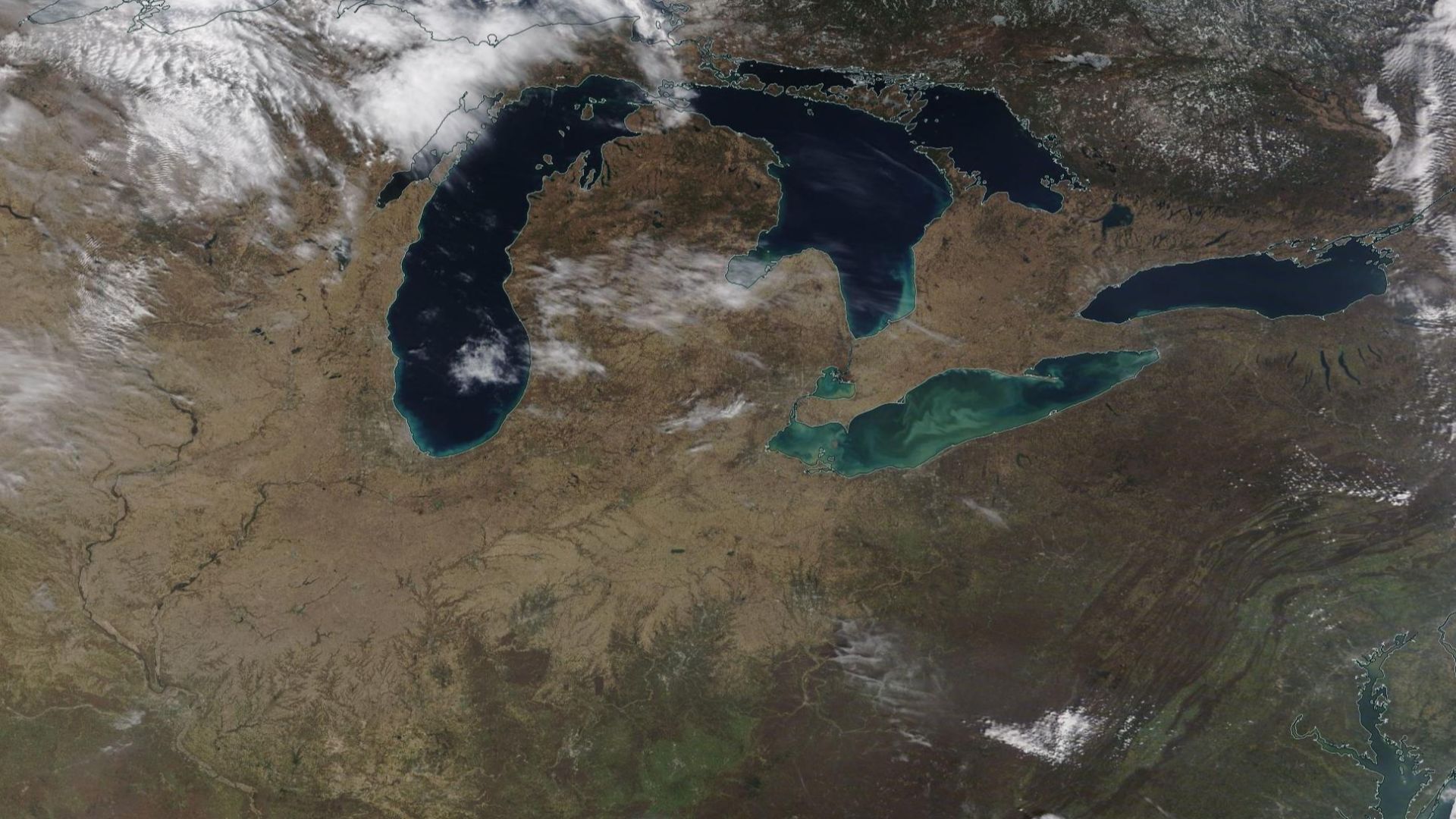 NASA (National Aeronautics and Space Administration), Wikimedia Commons
NASA (National Aeronautics and Space Administration), Wikimedia Commons
A Network That Stretched For Thousands Of Miles
Long before highways or railroads, rivers, and footpaths linked Cahokia to communities as far away as the Rockies and the Atlantic. Archaeological finds confirm exchanges of materials and influence. This vast web fostered economic and religious connectivity, which made Cahokia a hub in a decentralized but dynamic prehistoric world.
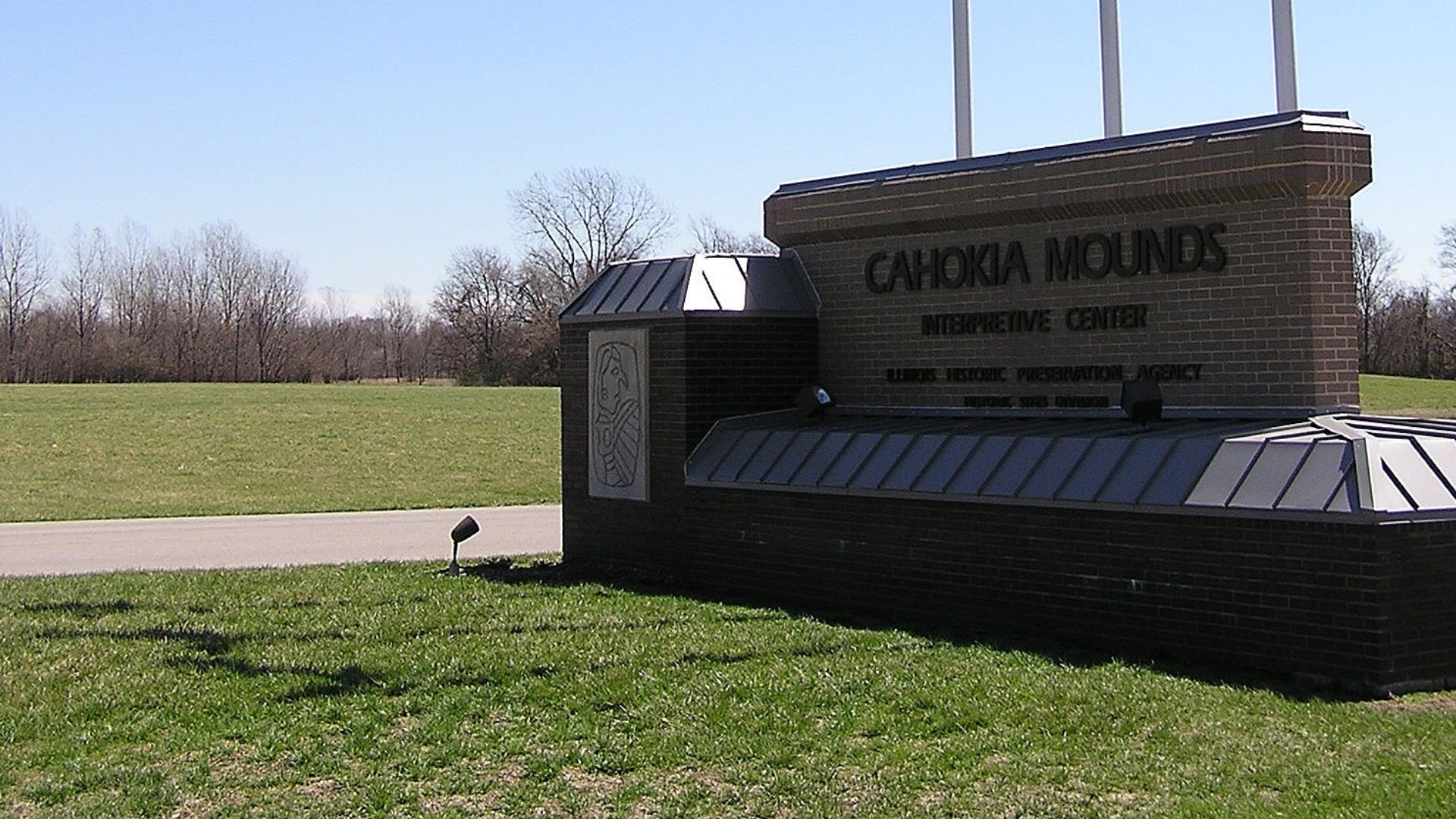 Wisconsin Denizen, Wikimedia Commons
Wisconsin Denizen, Wikimedia Commons
When The Mississippi Was A Superhighway
The Mississippi River acted as Cahokia’s main thoroughfare by carrying canoes filled with goods and stories. Its branching network allowed quick access to the continent’s interior. This watery superhighway enabled not just trade but migration and diplomacy, anchoring Cahokia’s status as a regional capital in ancient North America.
What Happened After The Peak?
After 1200, construction slowed, and the population declined. As a result, parts of the city were abandoned. What caused this shift remains debated. Soil cores and tree rings point to changing climate patterns. But social unrest or disease may have followed. Whatever the reason, Cahokia’s golden age had entered a slow unraveling.
Was Nature The City’s Greatest Enemy?
Environmental shifts may have undercut Cahokia’s stability. Core samples reveal a pattern of flooding followed by prolonged droughts and disruptions that could have damaged crops and strained the food supply. In a society dependent on agriculture and seasonal cycles, nature’s volatility might have destabilized even the most sophisticated urban infrastructure.
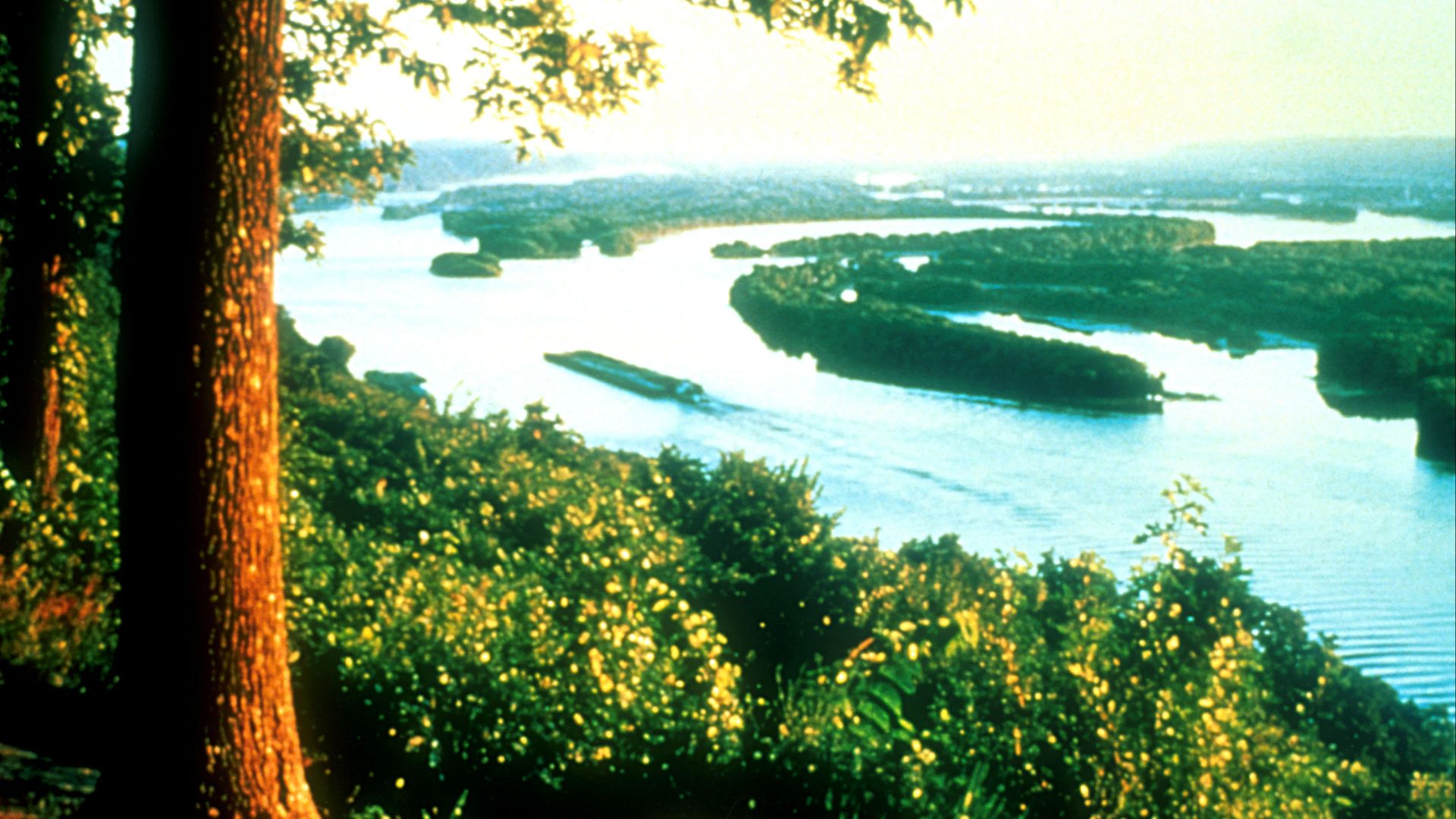 Unknown authorUnknown author or not provided, Wikimedia Commons
Unknown authorUnknown author or not provided, Wikimedia Commons
Floods, Droughts, And A Changing World
Around AD 1200, evidence points to repeated flooding of residential zones. Soon after, signs of abandonment appear. The Little Ice Age may have brought cooler, unpredictable weather, weakening crops and increasing competition for resources. When environmental stress meets social strain, urban systems—no matter how advanced—can falter, and Cahokia likely did.
Why Did People Walk Away?
By 1350, Cahokia’s plazas emptied. Scholars debate the reasons: food shortages, internal conflict, disease, or spiritual loss. Some believe ideological collapse, where public ceremonies no longer inspired unity, played a role. Others point to migration. Whatever the cause, people dispersed, leaving behind only mounds and questions.
The Vanishing Act That Still Baffles Historians
Unlike cities conquered by armies or buried by ash, Cahokia faded gradually. No clear disaster marked its end. Its people didn’t vanish, but they moved on or reorganized elsewhere. The slow, quiet departure makes Cahokia’s disappearance harder to explain and all the more haunting for archaeologists piecing together its story.
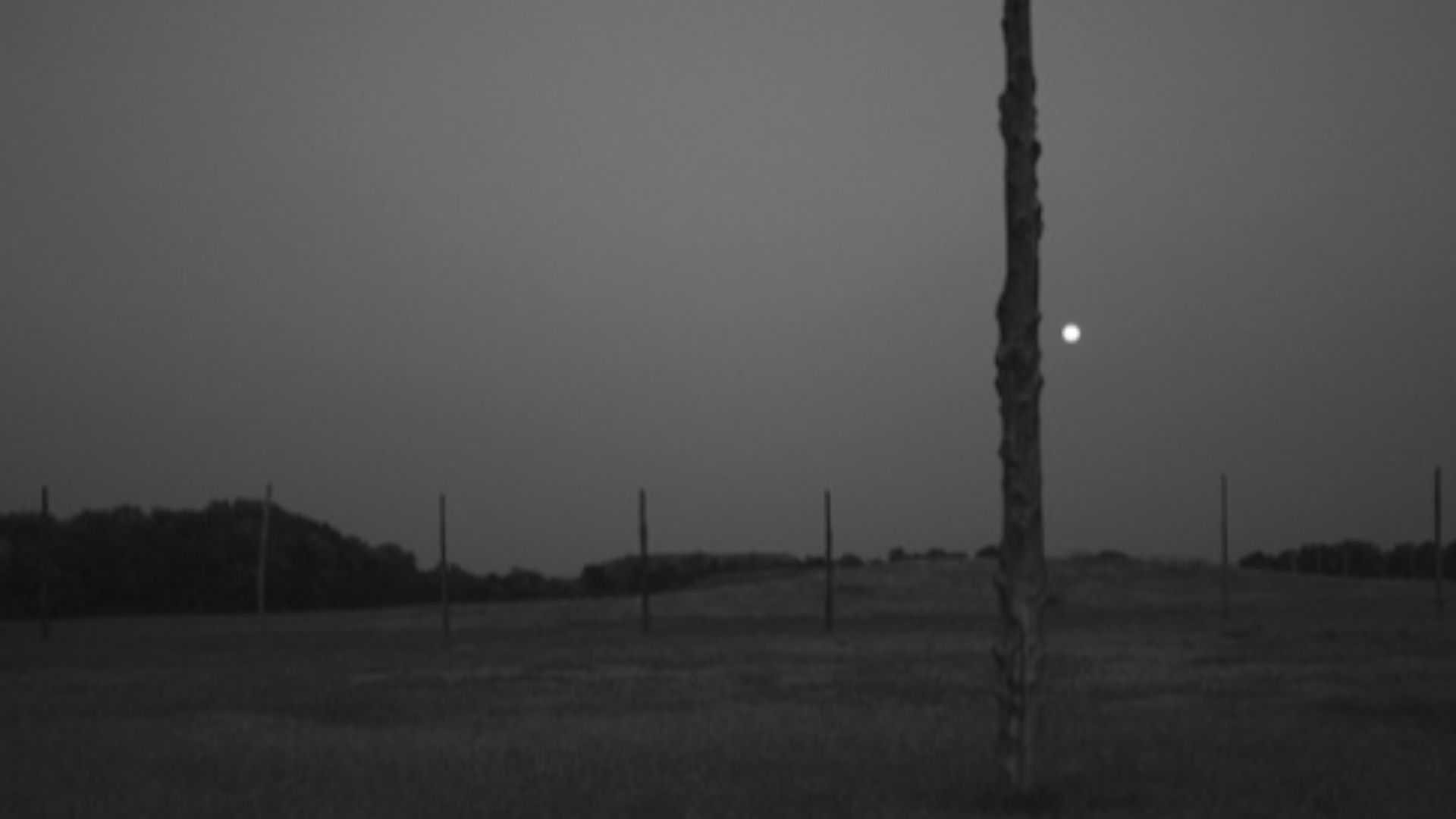 Brian W. Schaller, Wikimedia Commons
Brian W. Schaller, Wikimedia Commons
What Cahokia Reveals About Ancient America
Cahokia challenges long-held assumptions about Indigenous societies. It was large and symbolically rich—dispelling myths that advanced civilization didn’t exist here before Europeans. It proves that North America had complex urbanism, trade networks, busy markets, and spirituality thriving centuries before contact. It forces a deeper rethinking of American historical narratives.
Rethinking What Civilization Really Means
We often equate civilization with writing or imperial conquest. Cahokia offers a different model—earth-built monuments and shared ceremonial life. It didn’t look like Rome or Babylon, but it thrived just the same. Its success invites us to reconsider how we define complexity and cultural achievement.
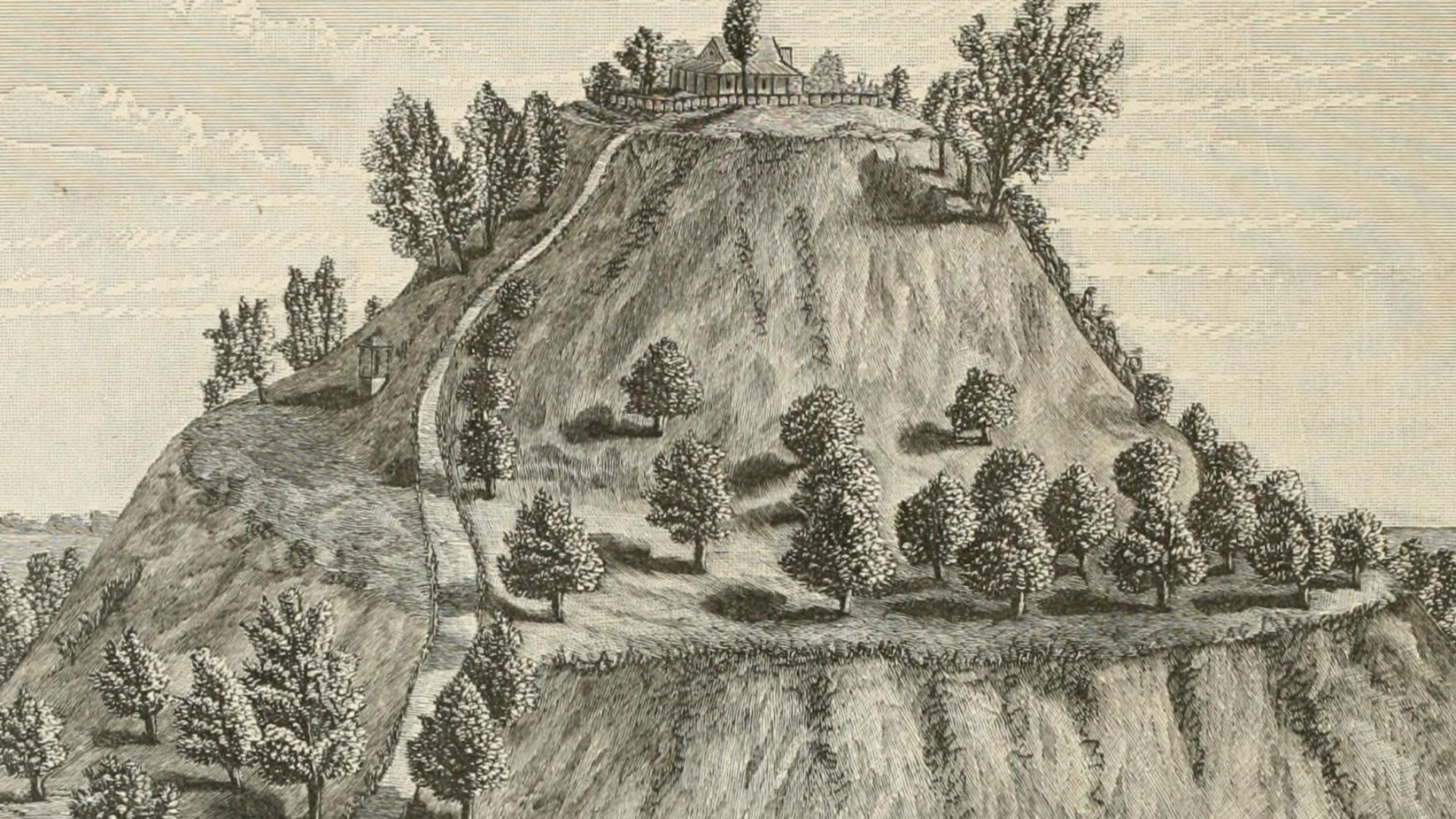 W. R. Brink & Co., Wikimedia Commons
W. R. Brink & Co., Wikimedia Commons
Indigenous Voices Reclaim The Narrative
Today, Native American communities are reclaiming Cahokia’s story. While their ancestral connections are complex, many see the site as part of their cultural heritage. Collaboration between tribes and researchers is shifting interpretation from outsider speculation to inclusive storytelling—rooting Cahokia’s legacy in living traditions, not just archaeological records.
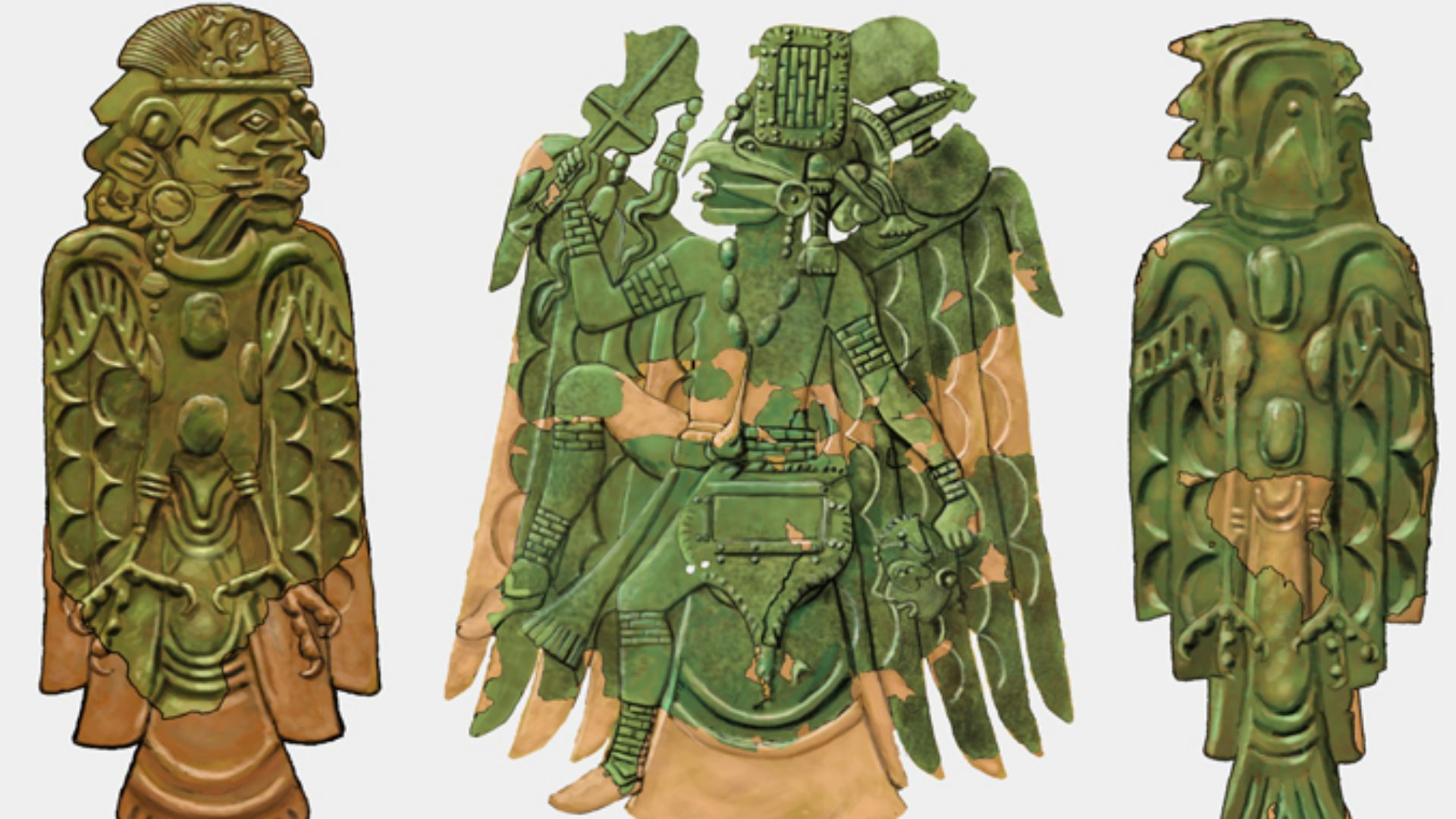 Herb Roe, www.chromesun.com, Wikimedia Commons
Herb Roe, www.chromesun.com, Wikimedia Commons
Preserving A Past That’s Slipping Away
This is a UNESCO World Heritage Site, yet it faces threats from urban development and limited funding. Despite its global importance, it remains under-visited. Preservation is about honoring knowledge systems and cultural achievements that shaped American culture long before colonization.
 Влада на РСМ, Wikimedia Commons
Влада на РСМ, Wikimedia Commons
Why Cahokia’s Story Is America’s Story Too
Cahokia isn’t a footnote—it’s a foundational chapter in North American history. Its rise and mystery represent the richness of Indigenous innovation. Learning about Cahokia means expanding our view of what America was and is. This story belongs in every conversation about who we are.
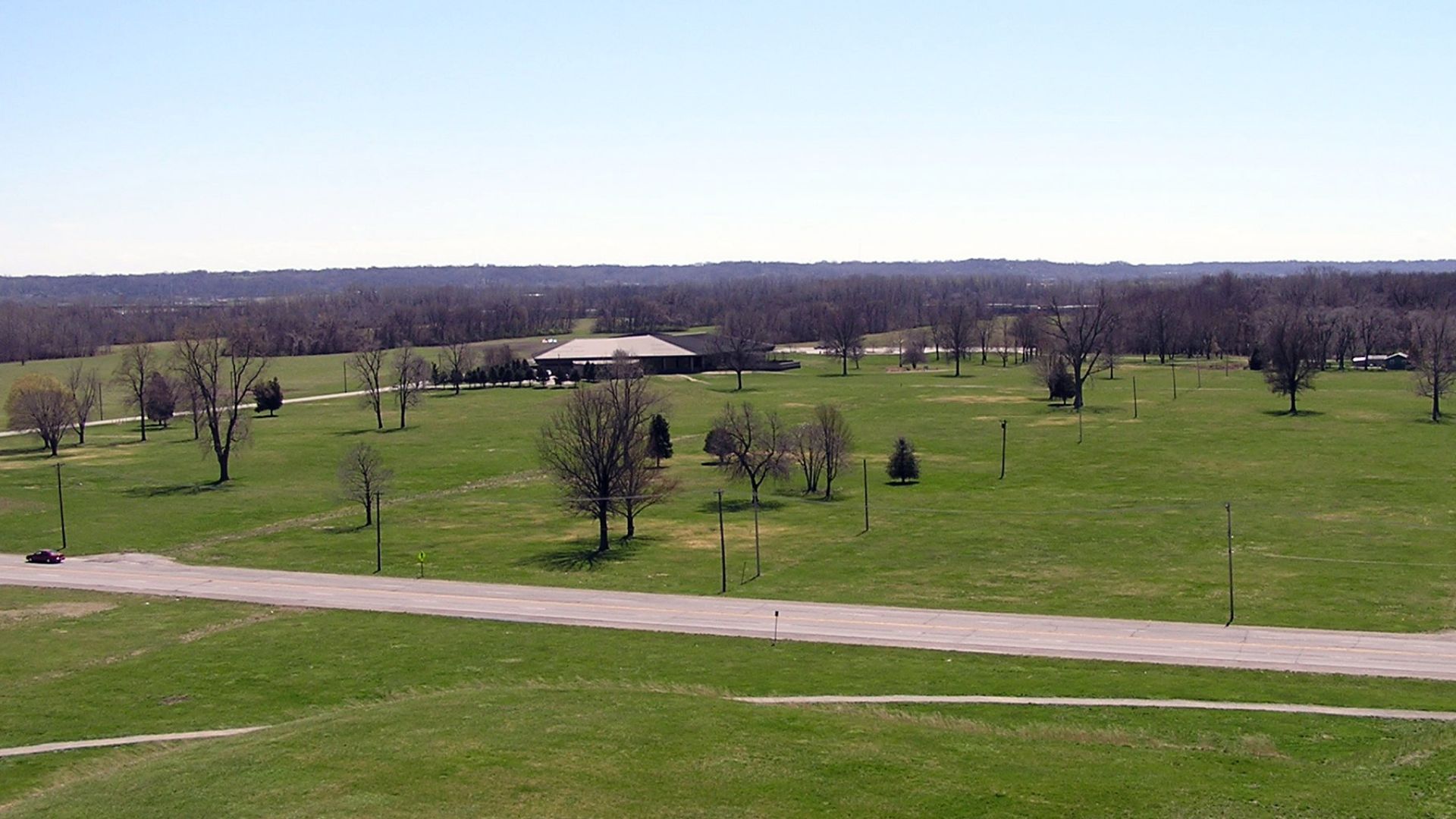 Wisconsin Denizen, Wikimedia Commons
Wisconsin Denizen, Wikimedia Commons

